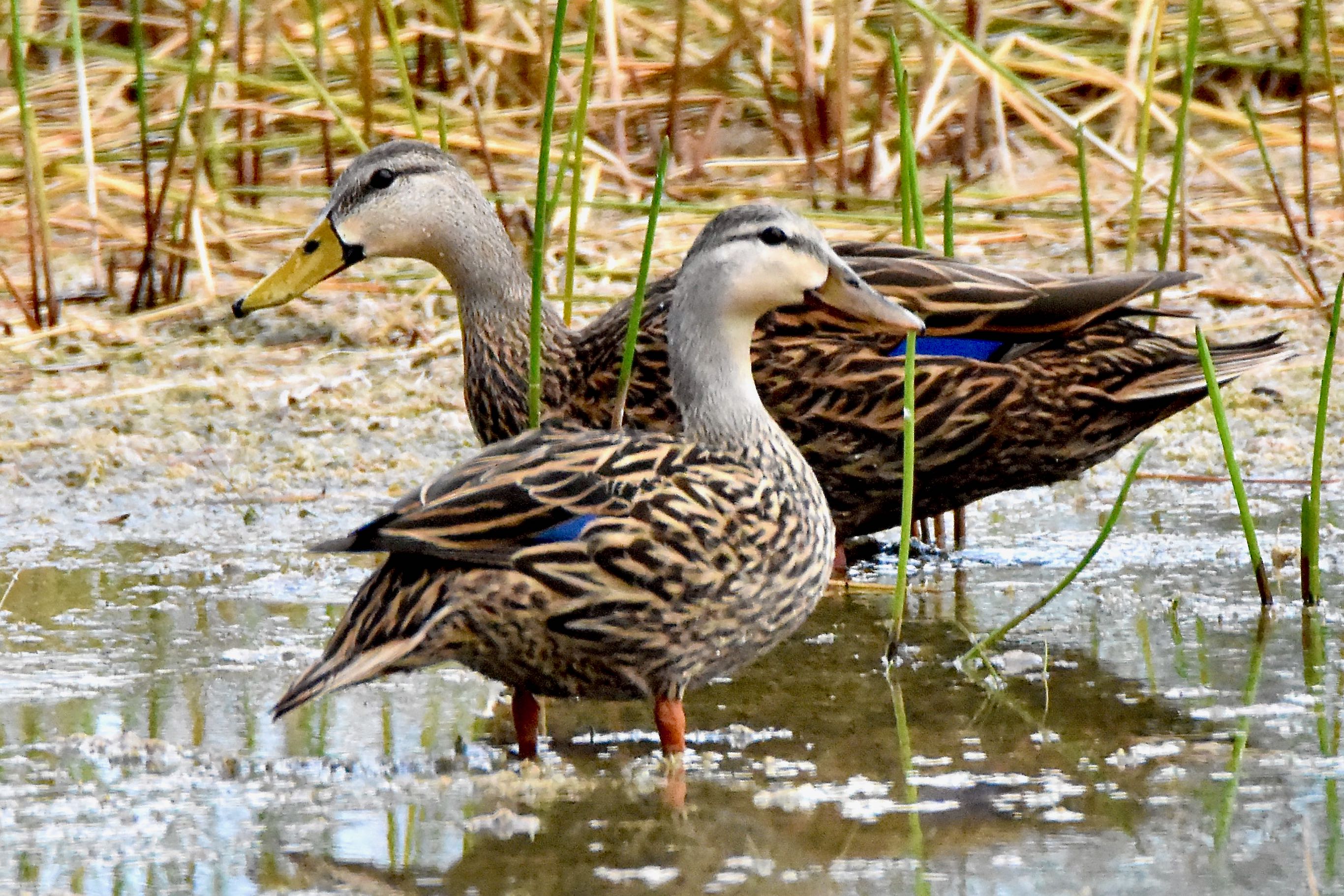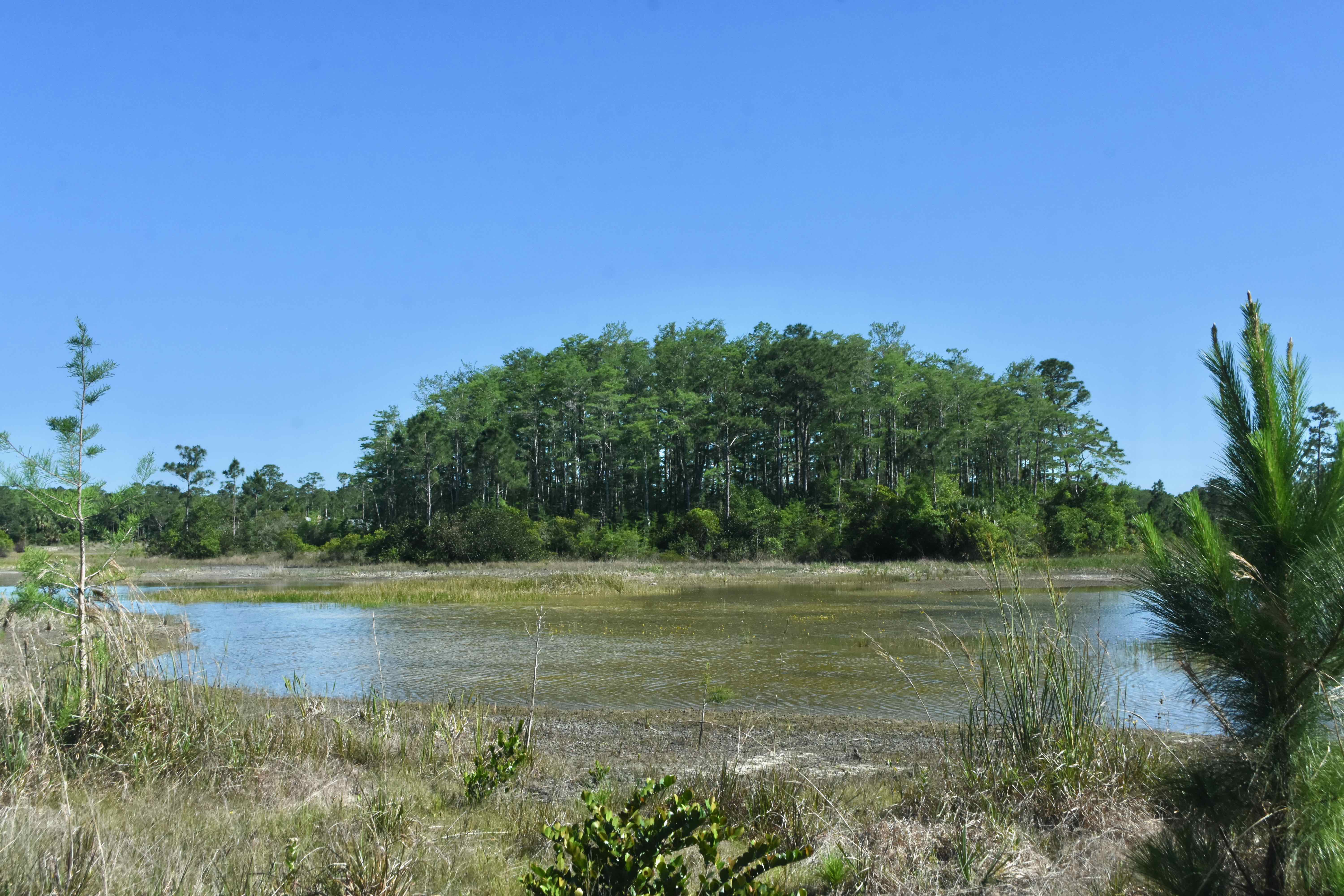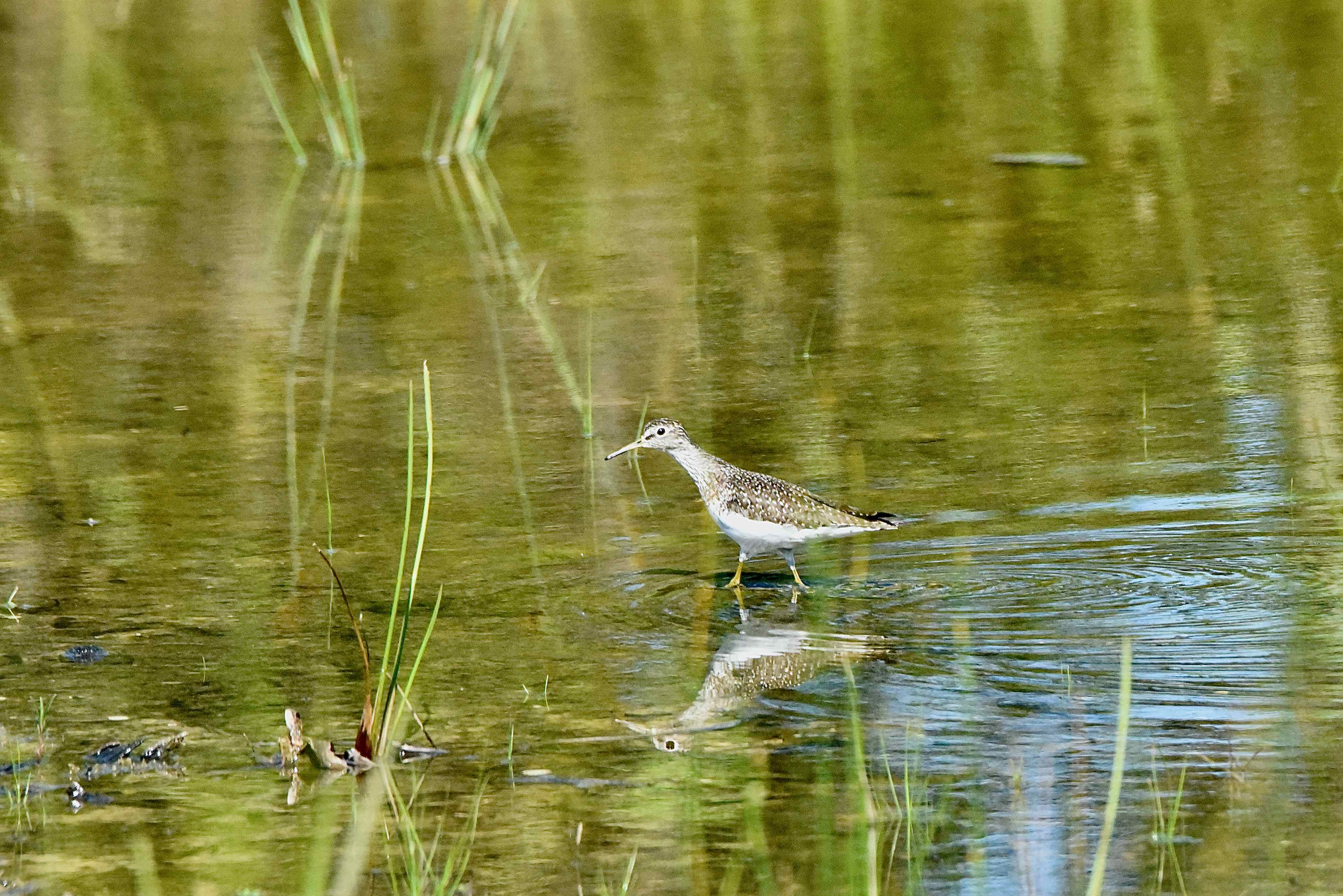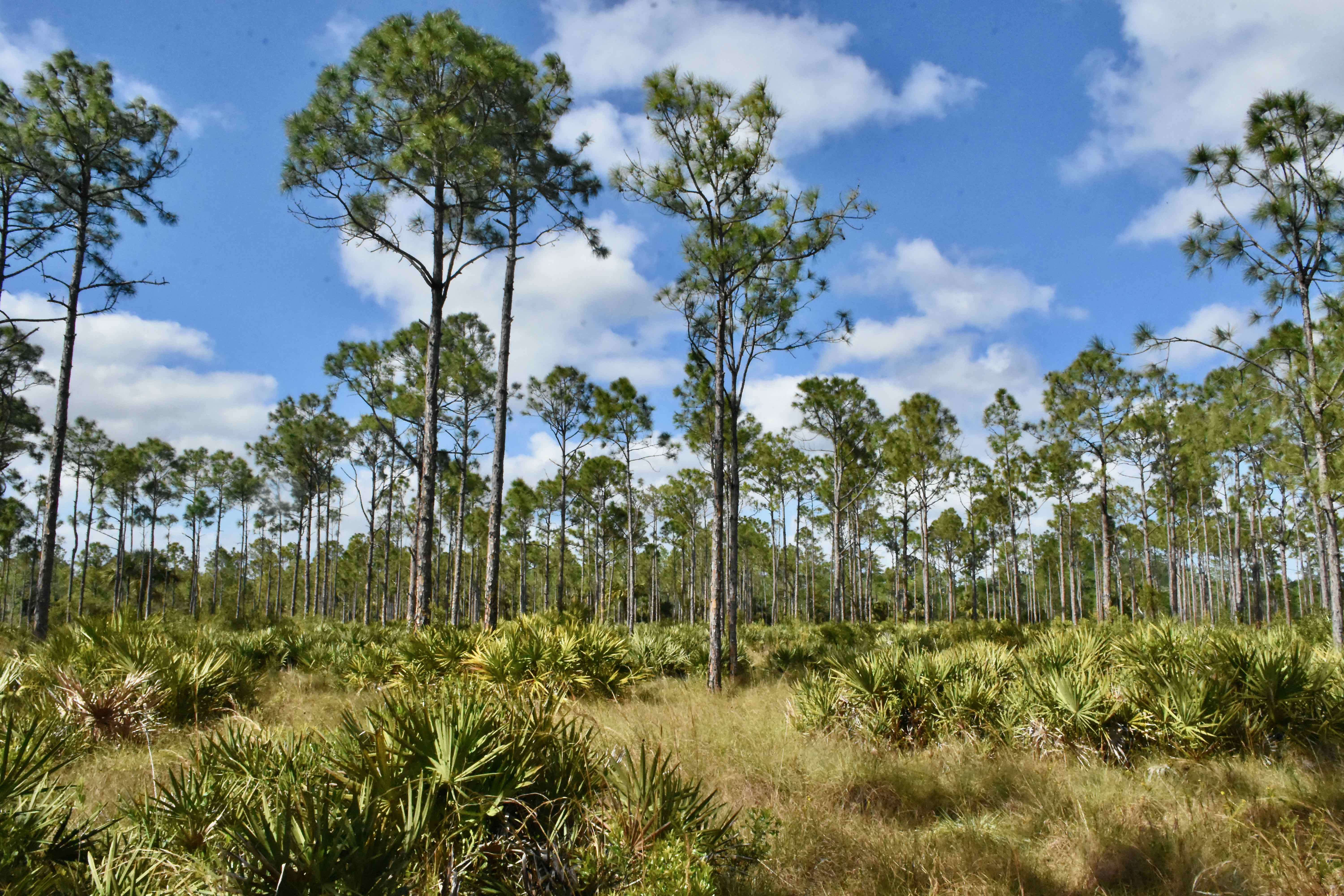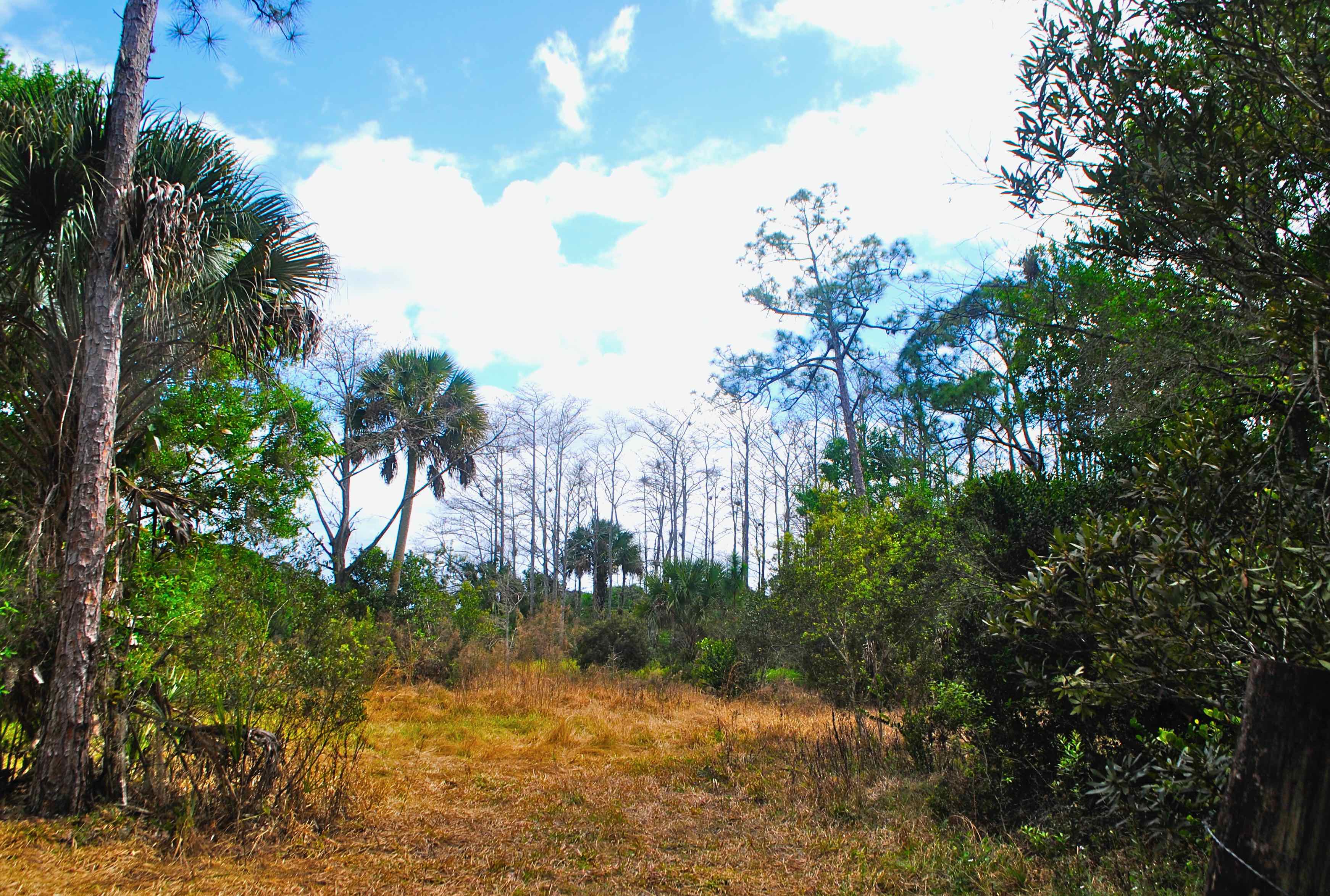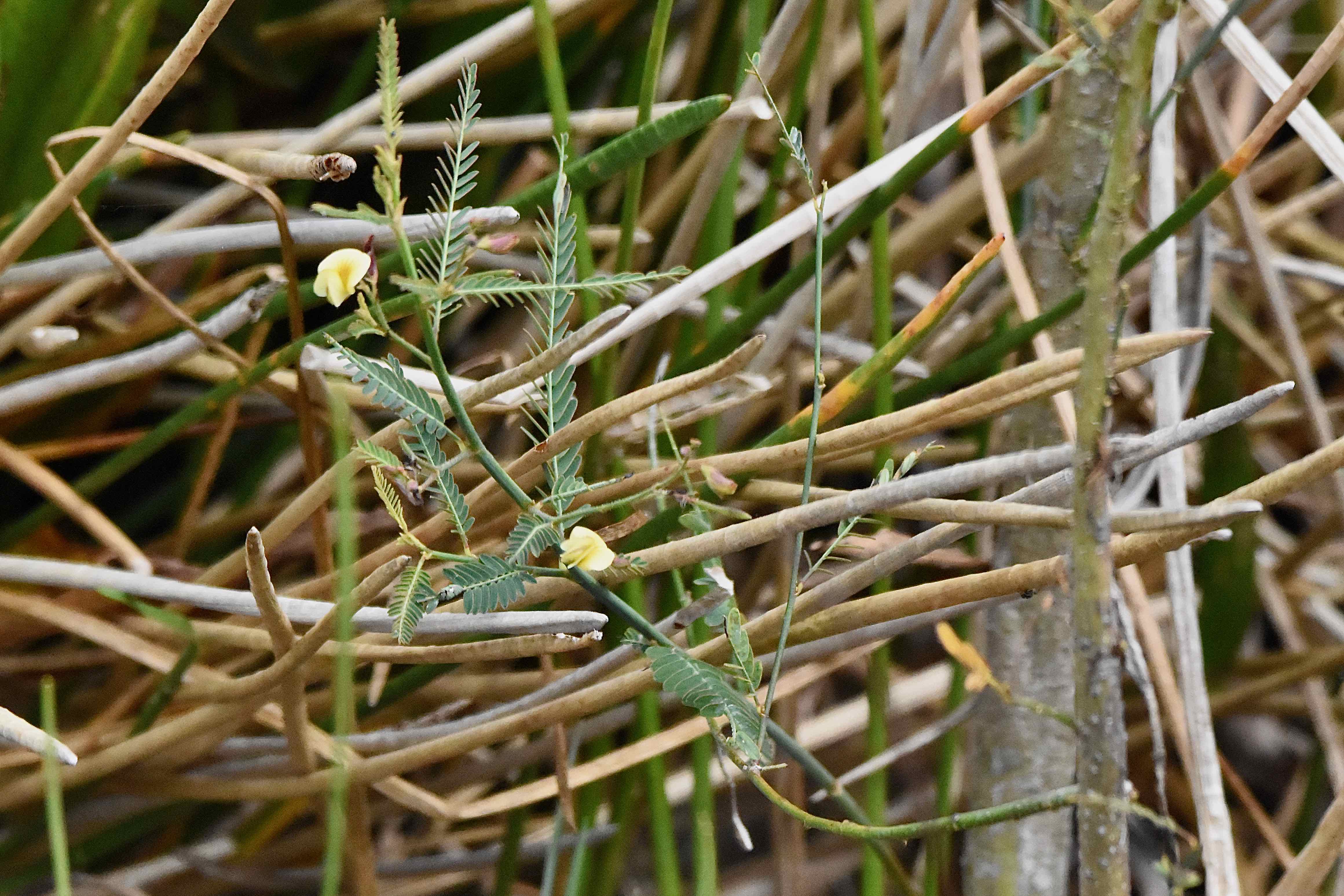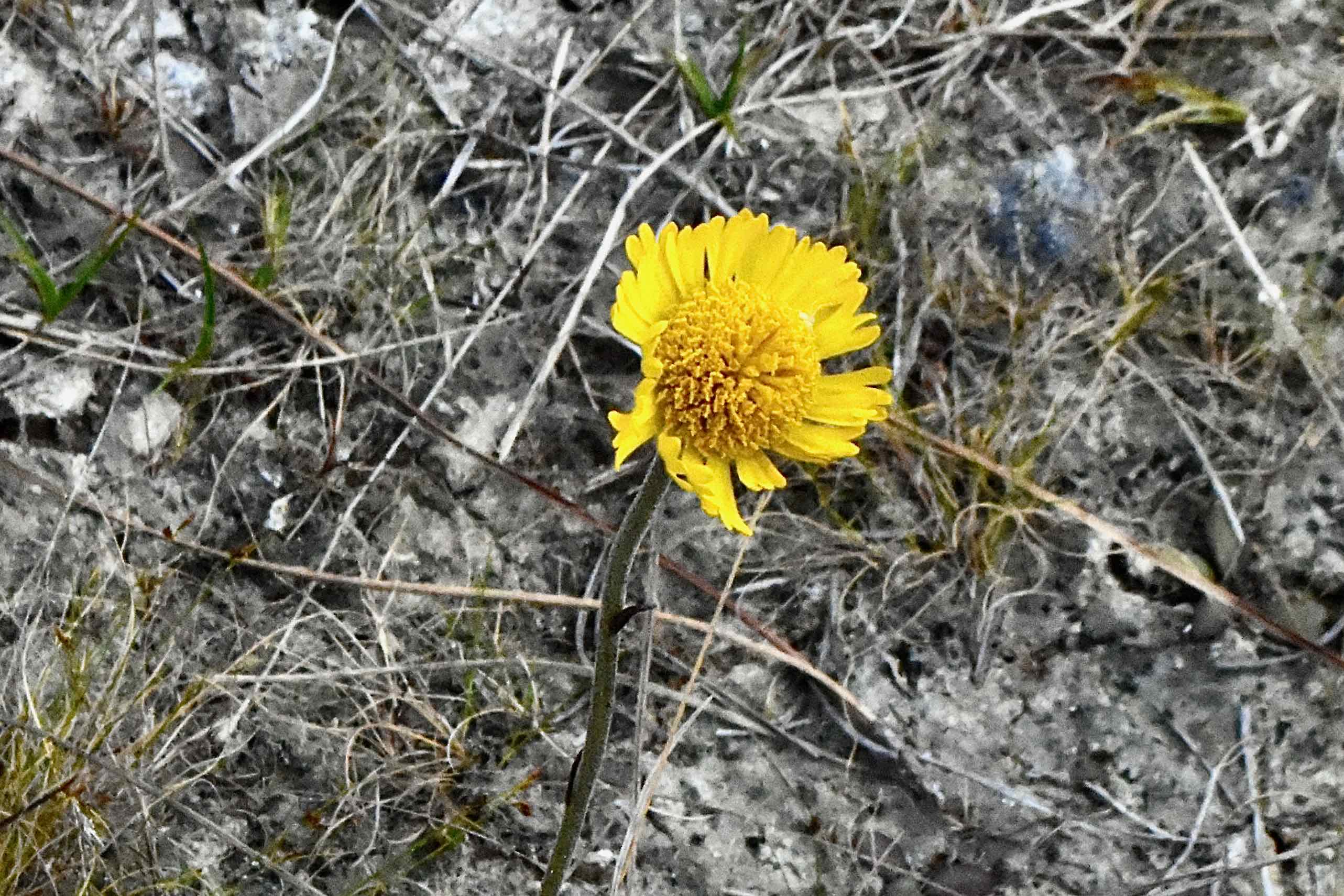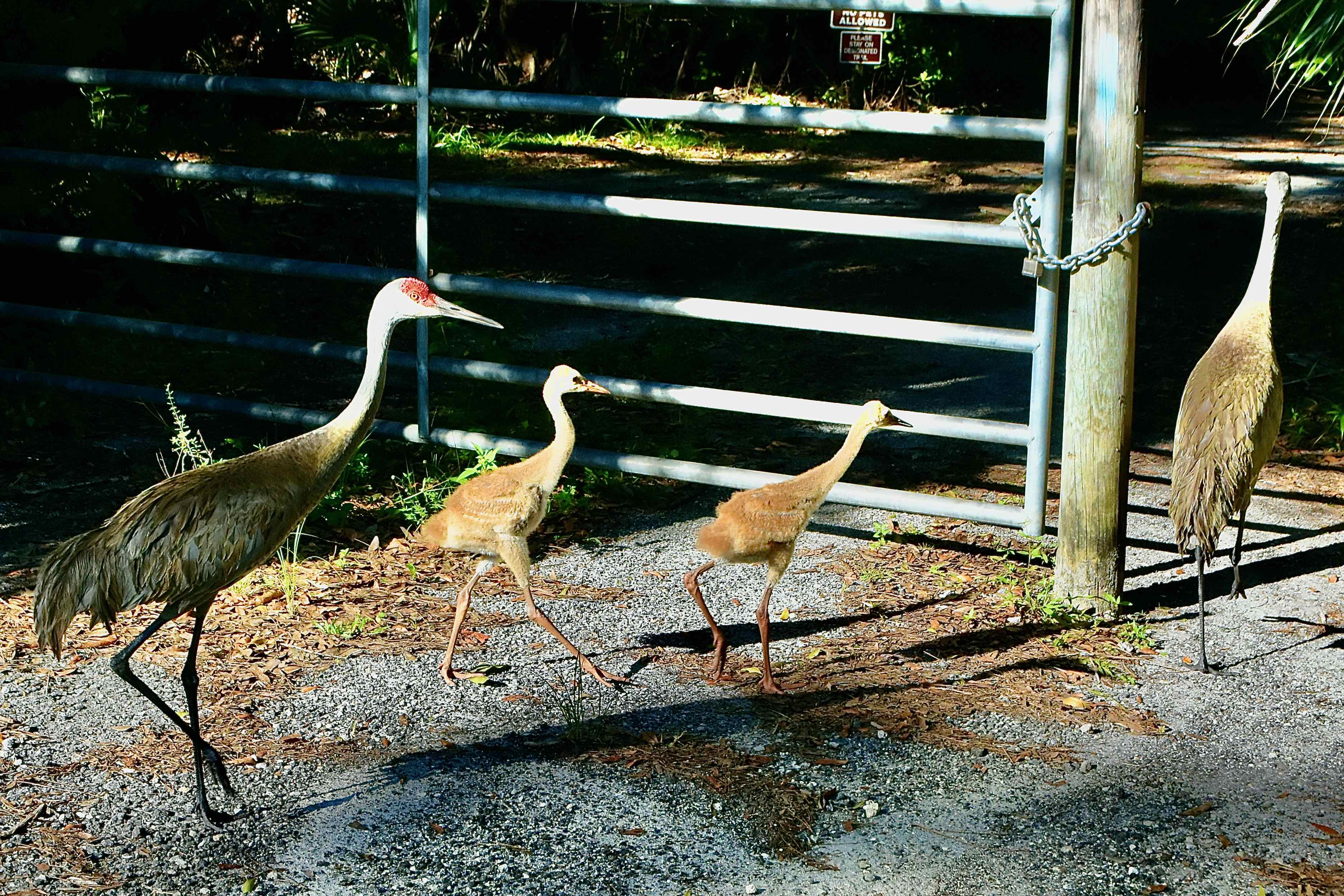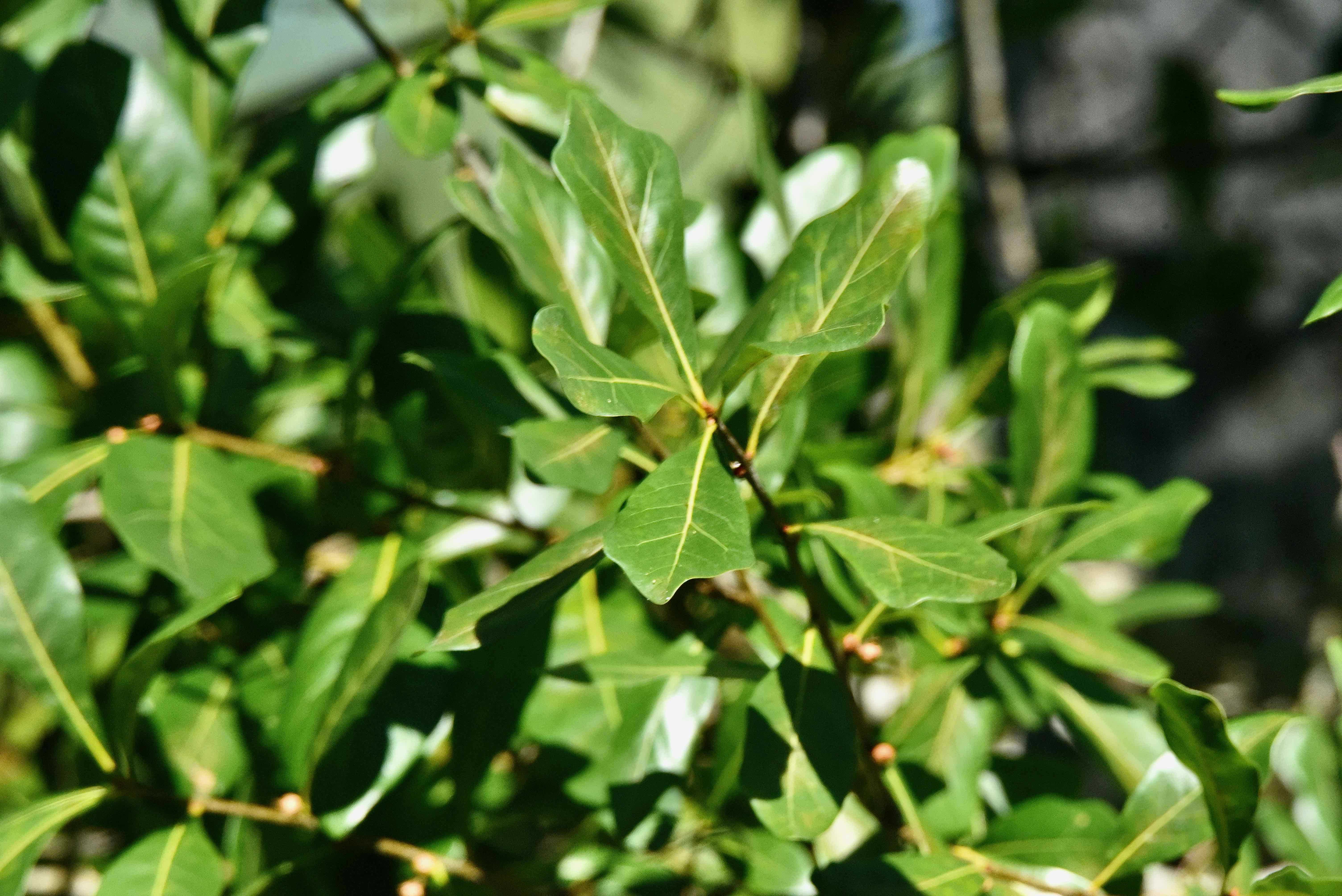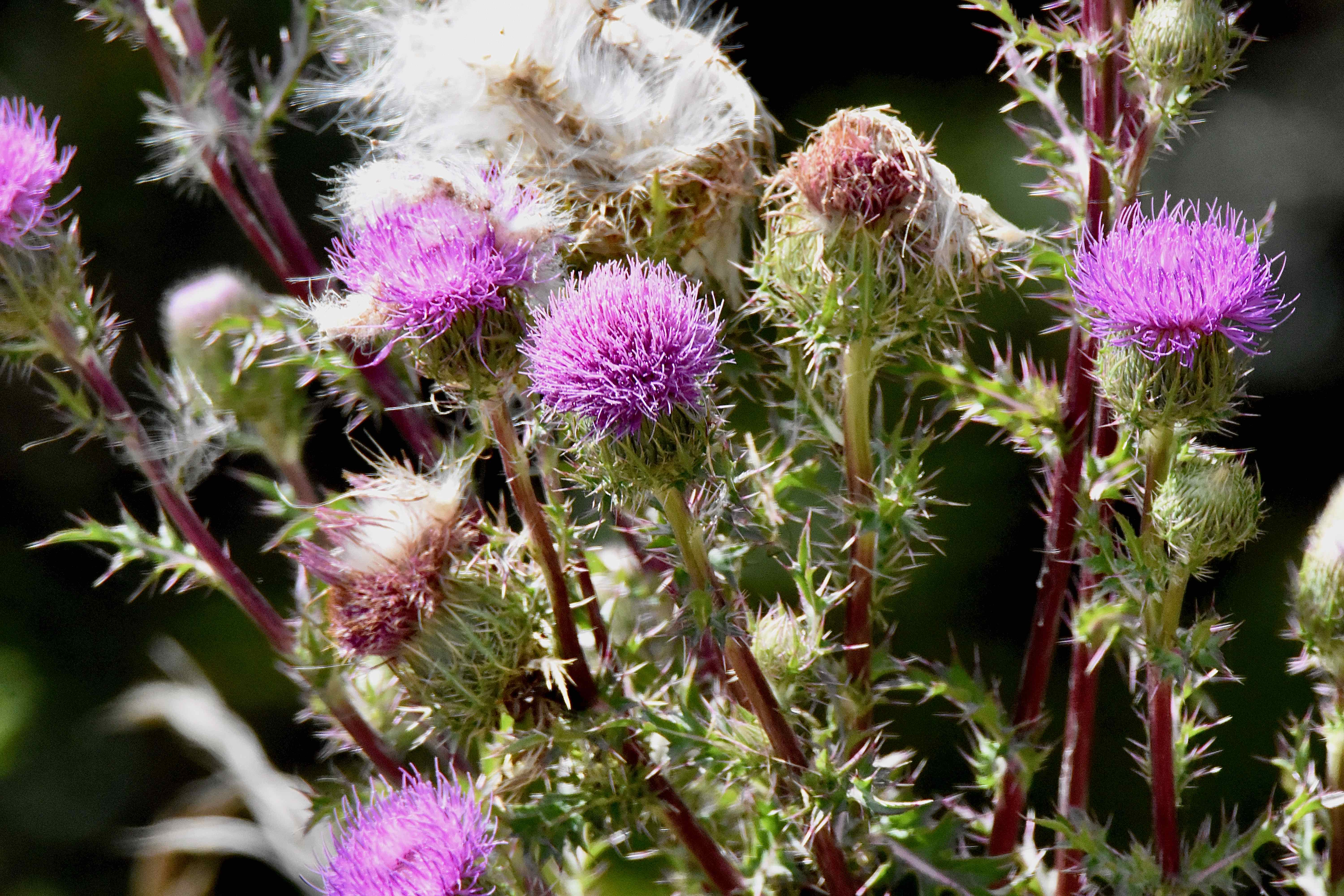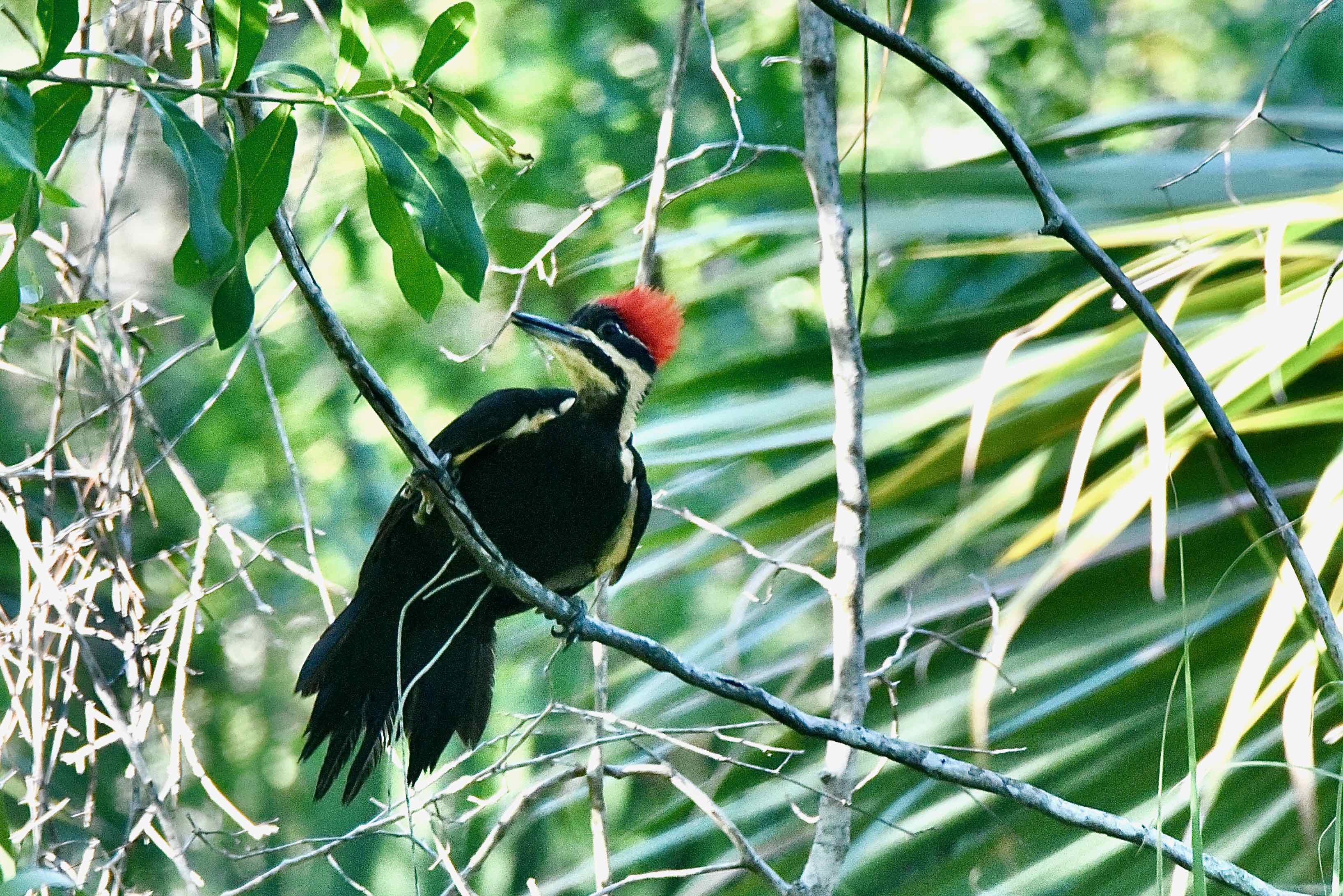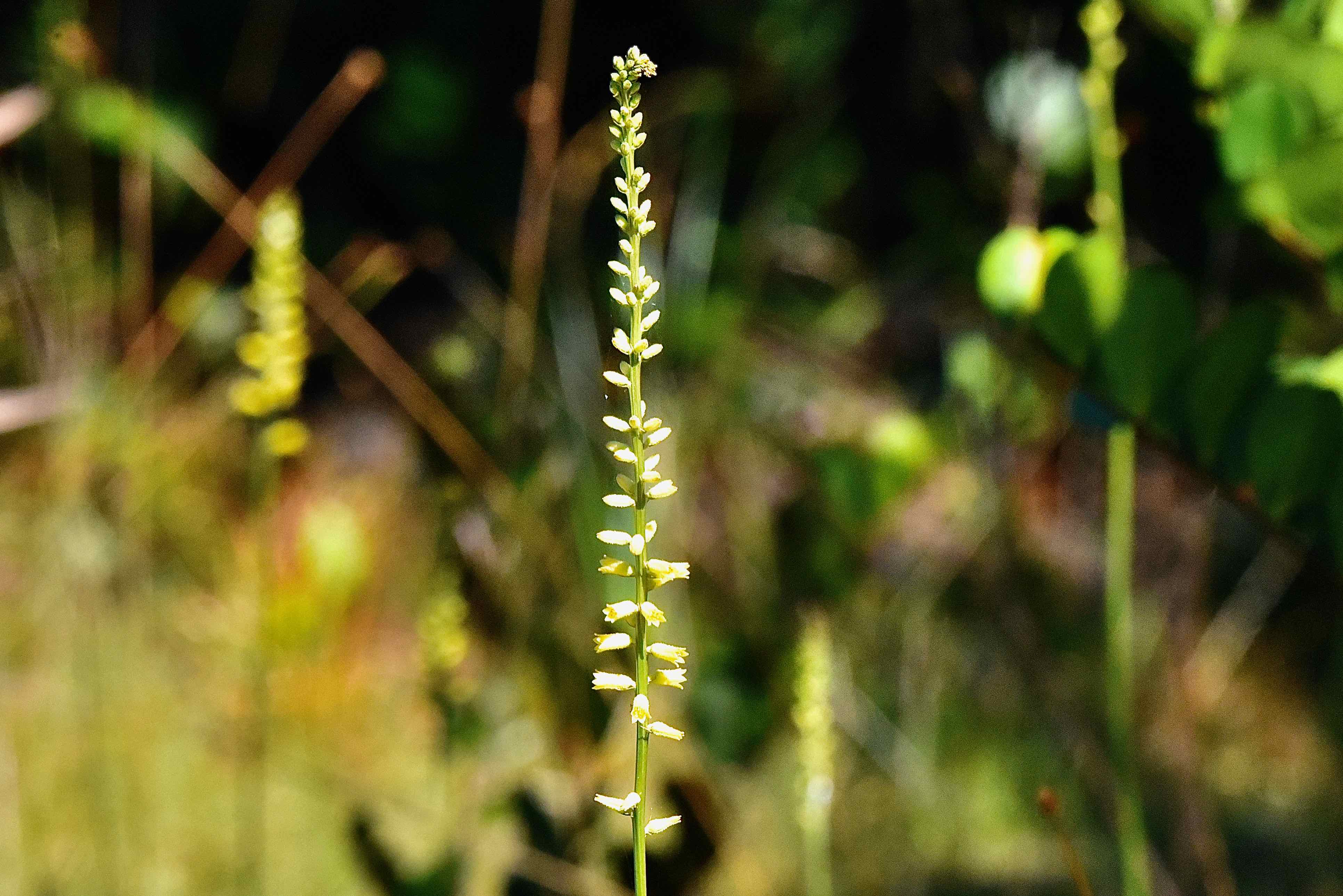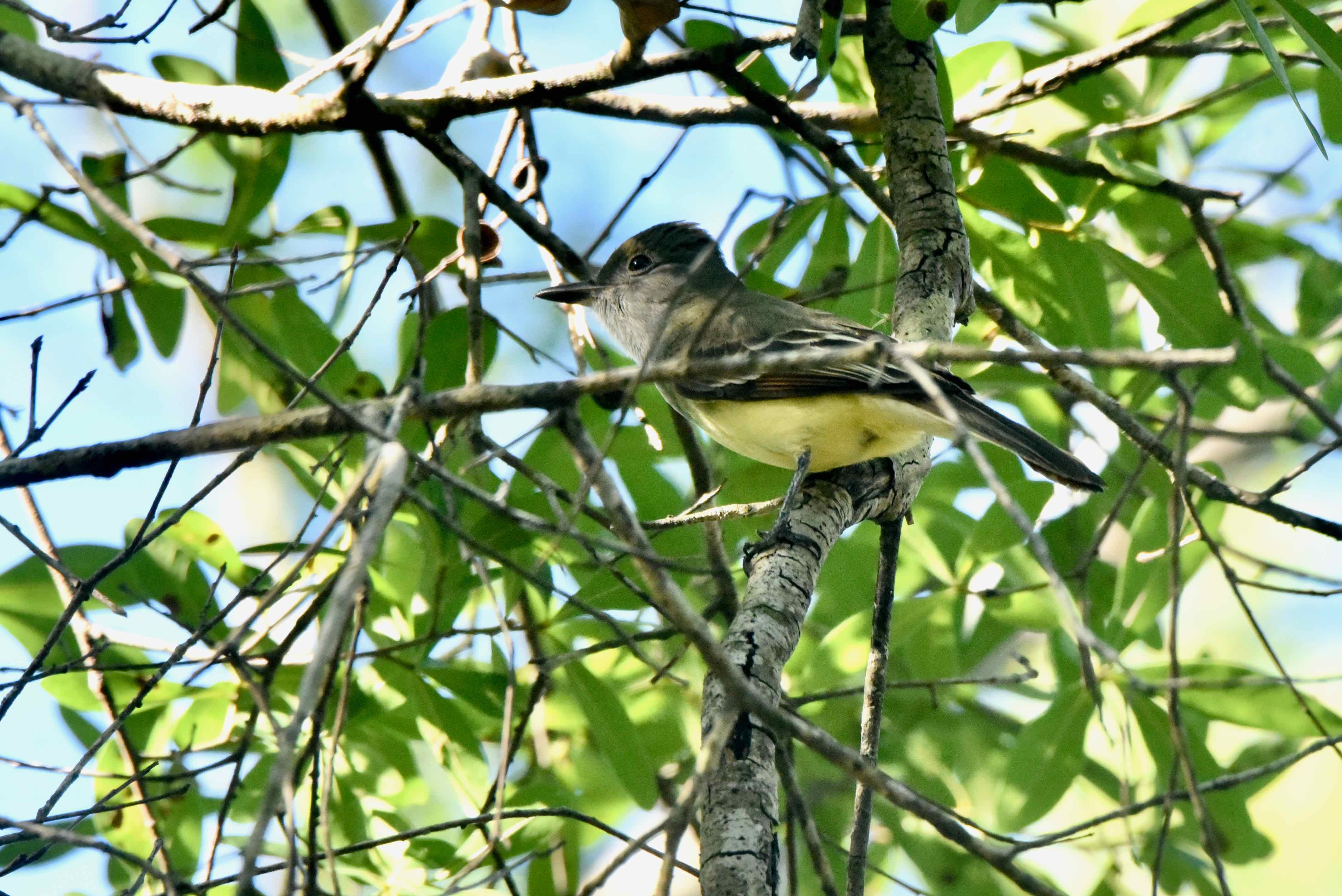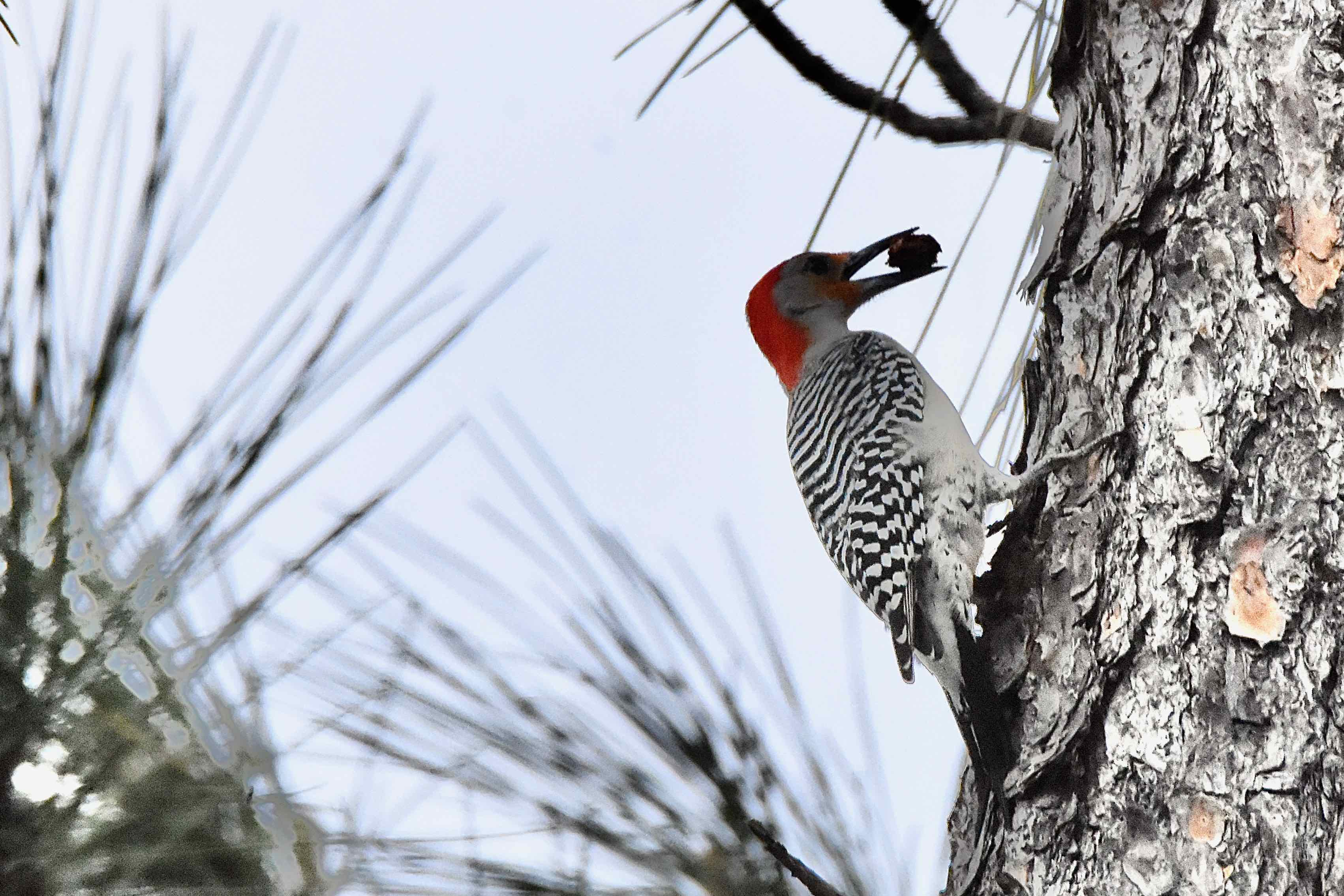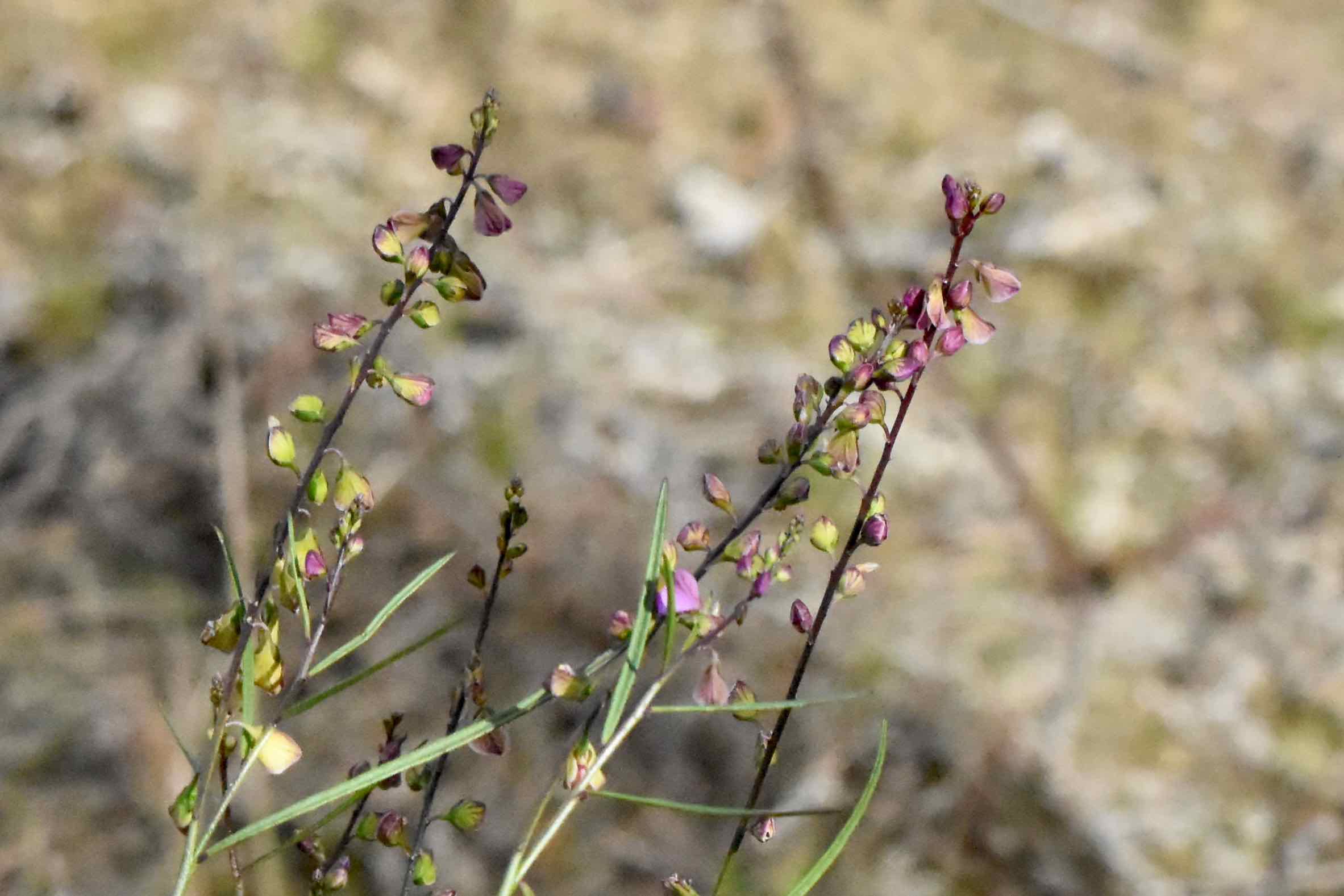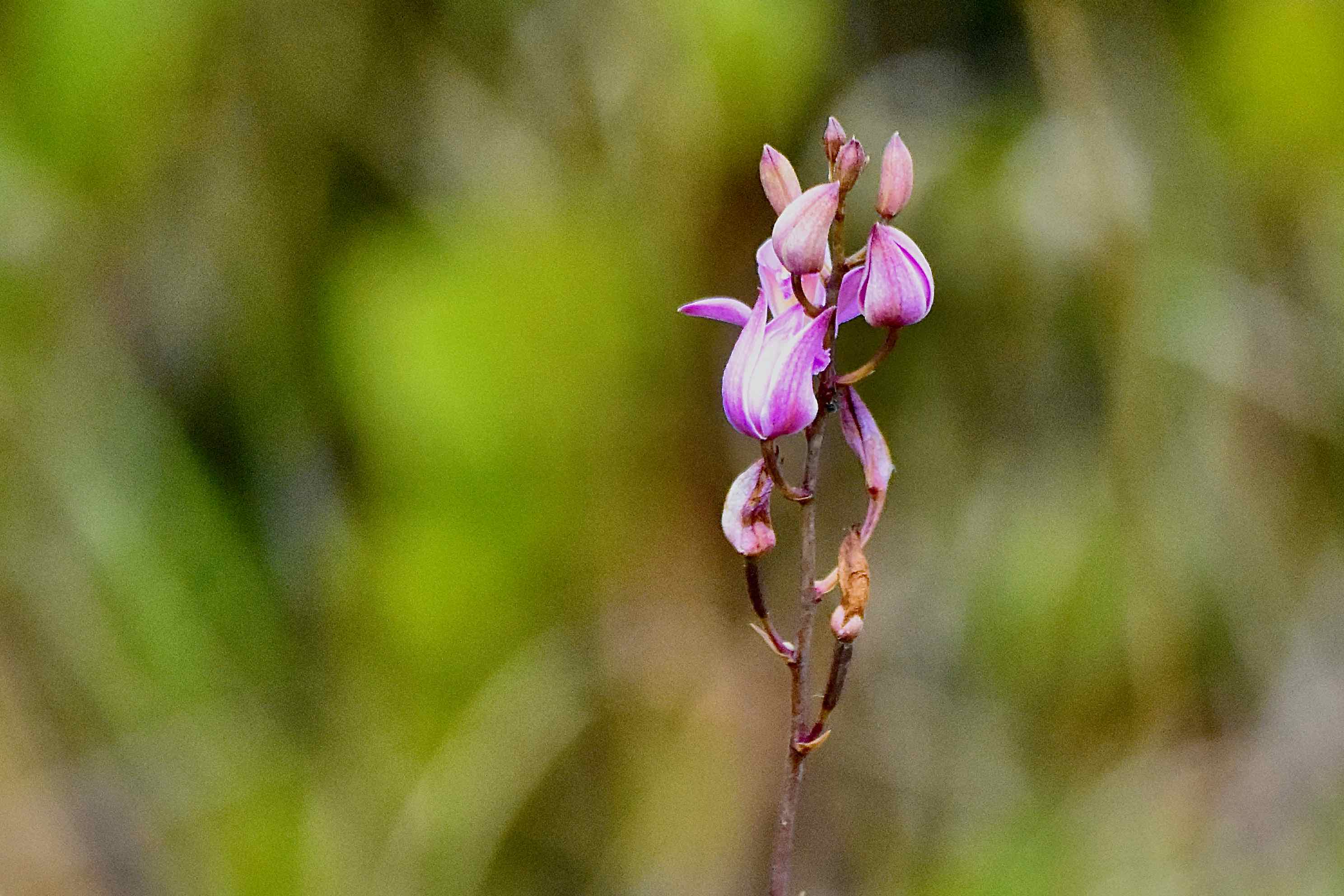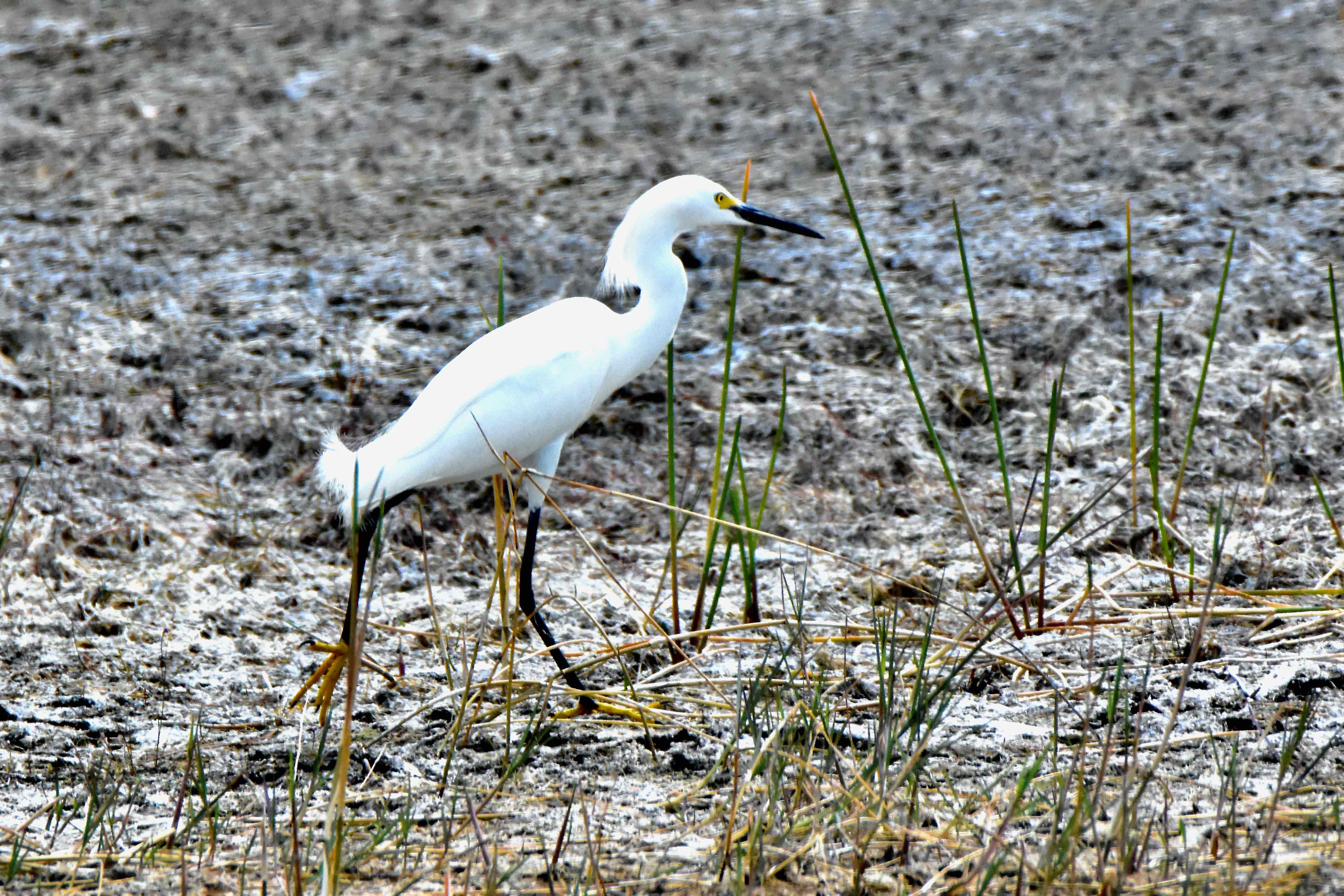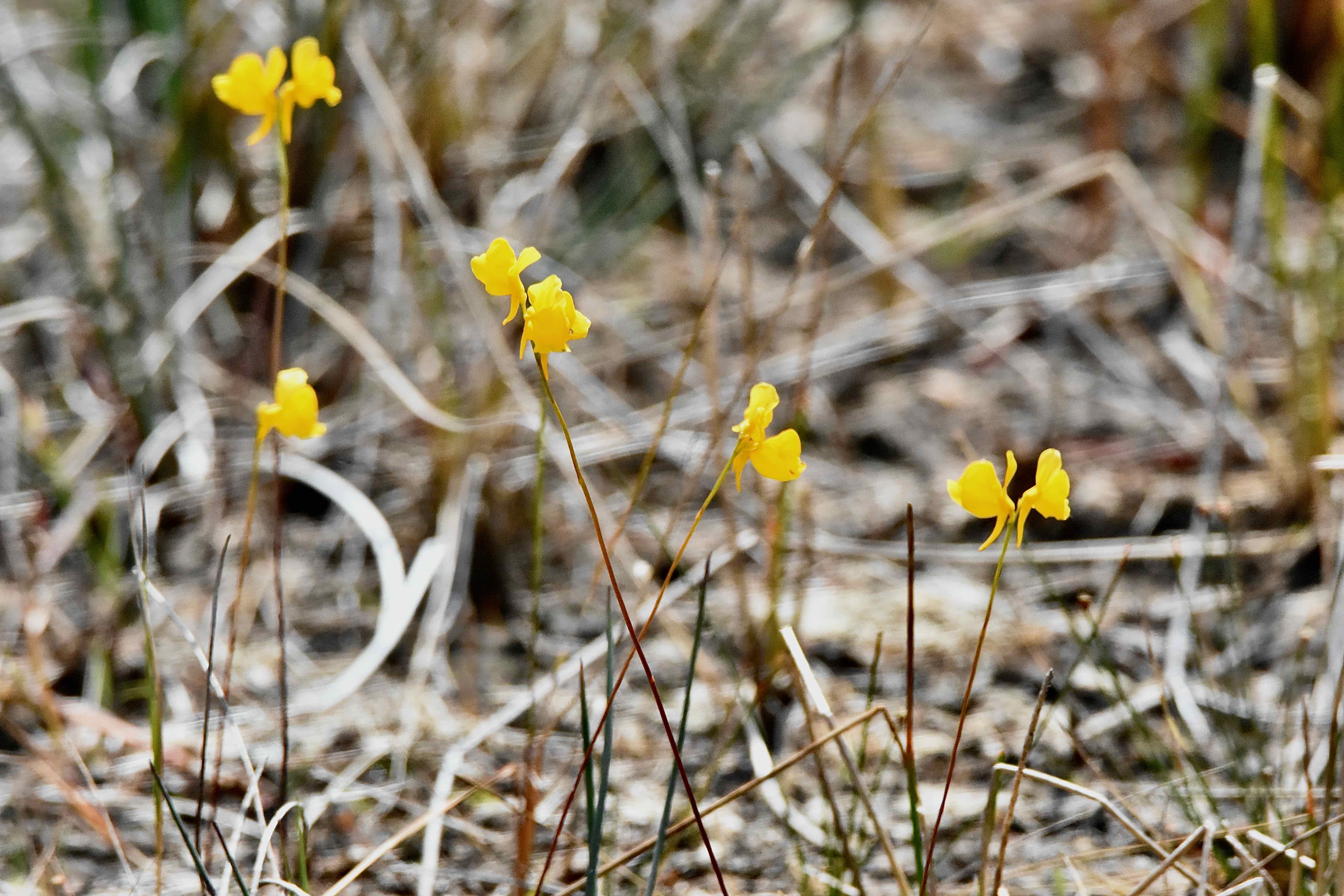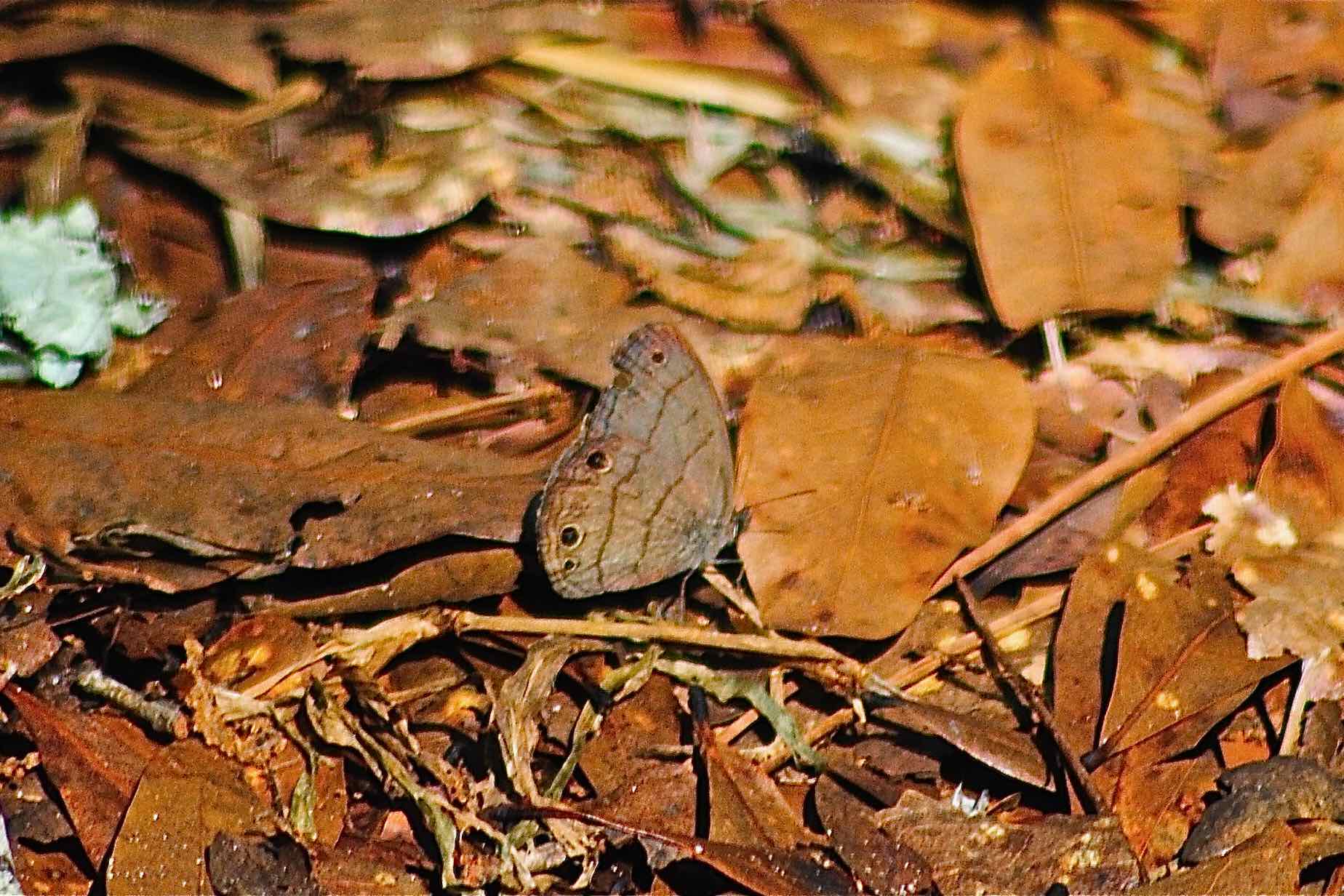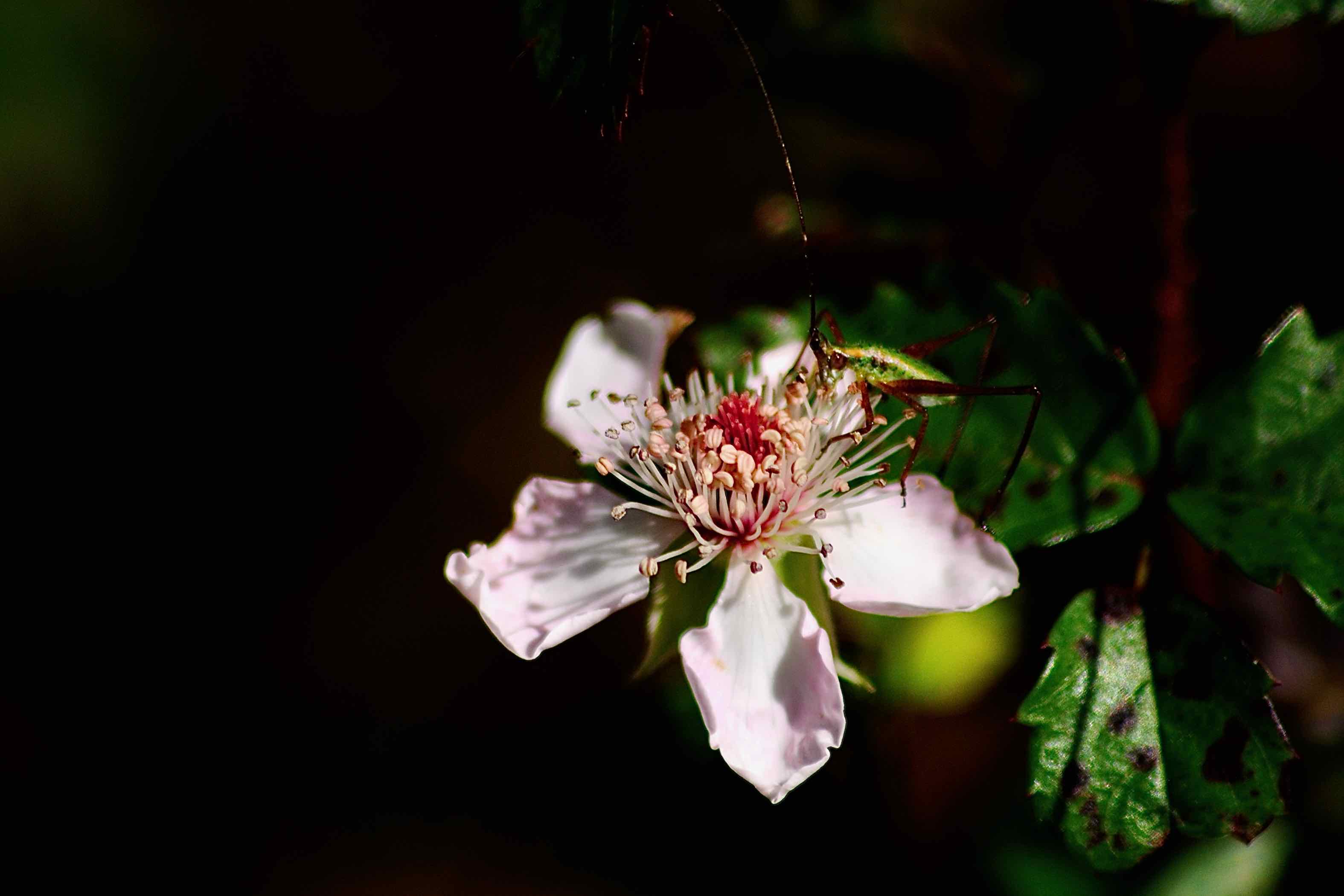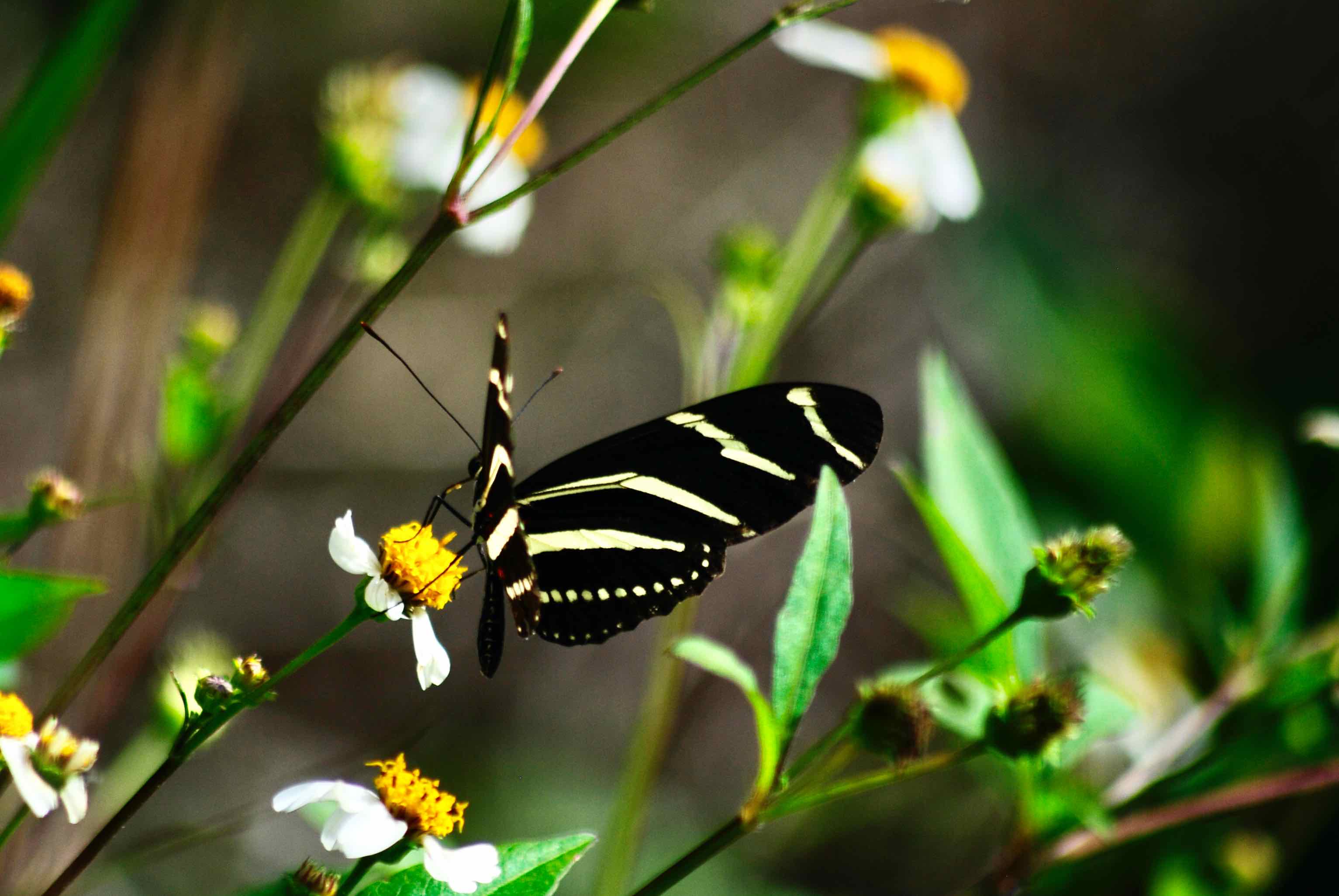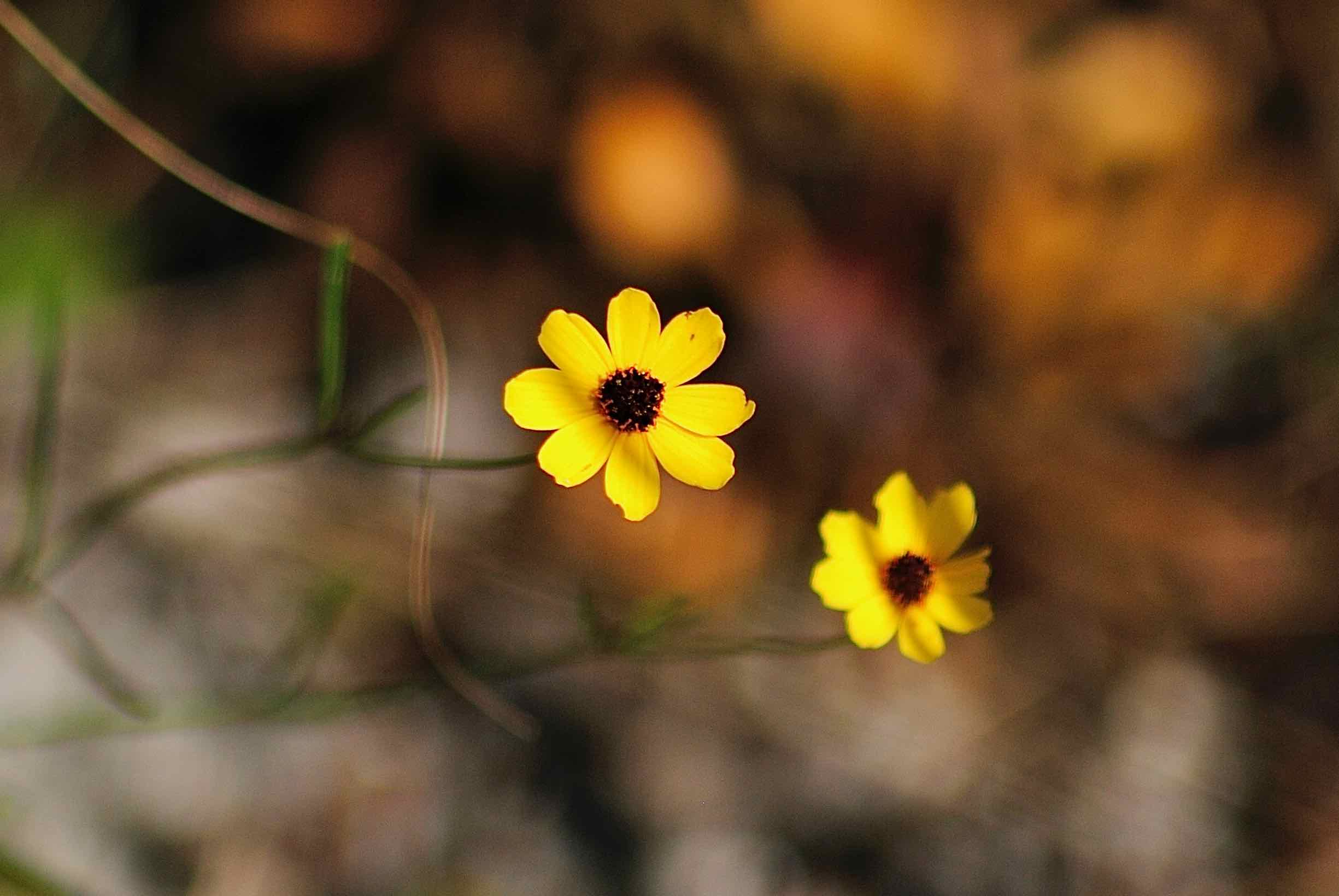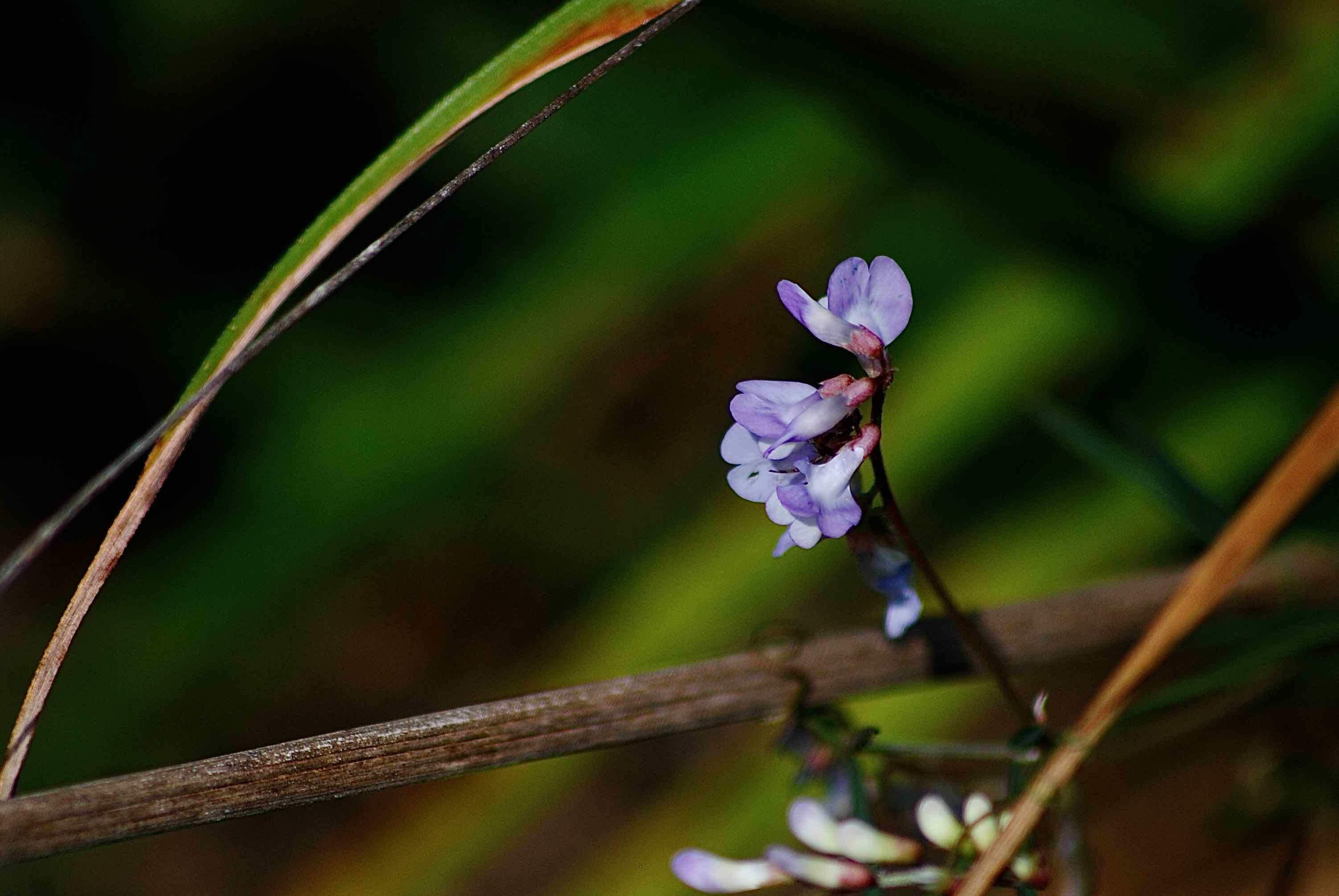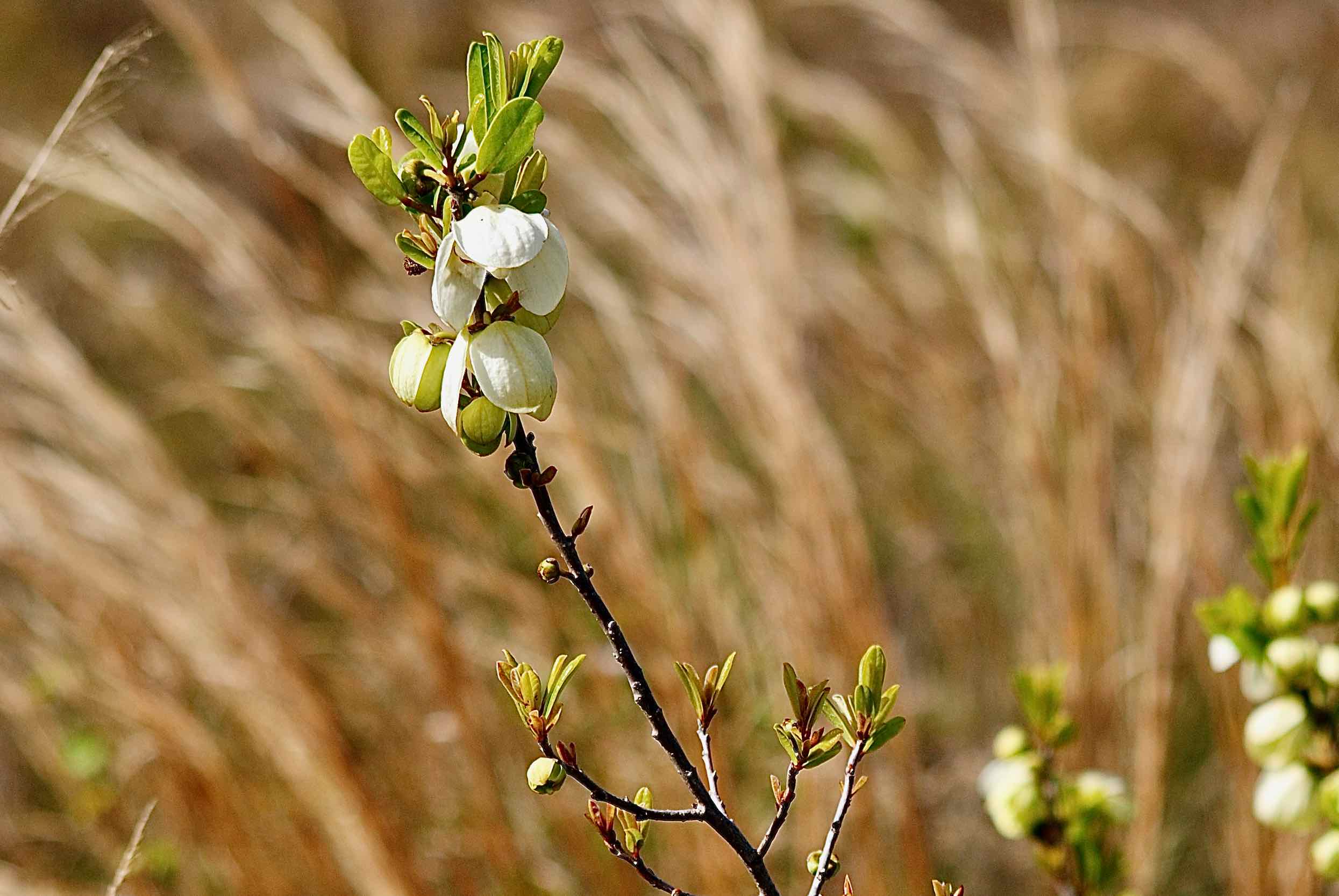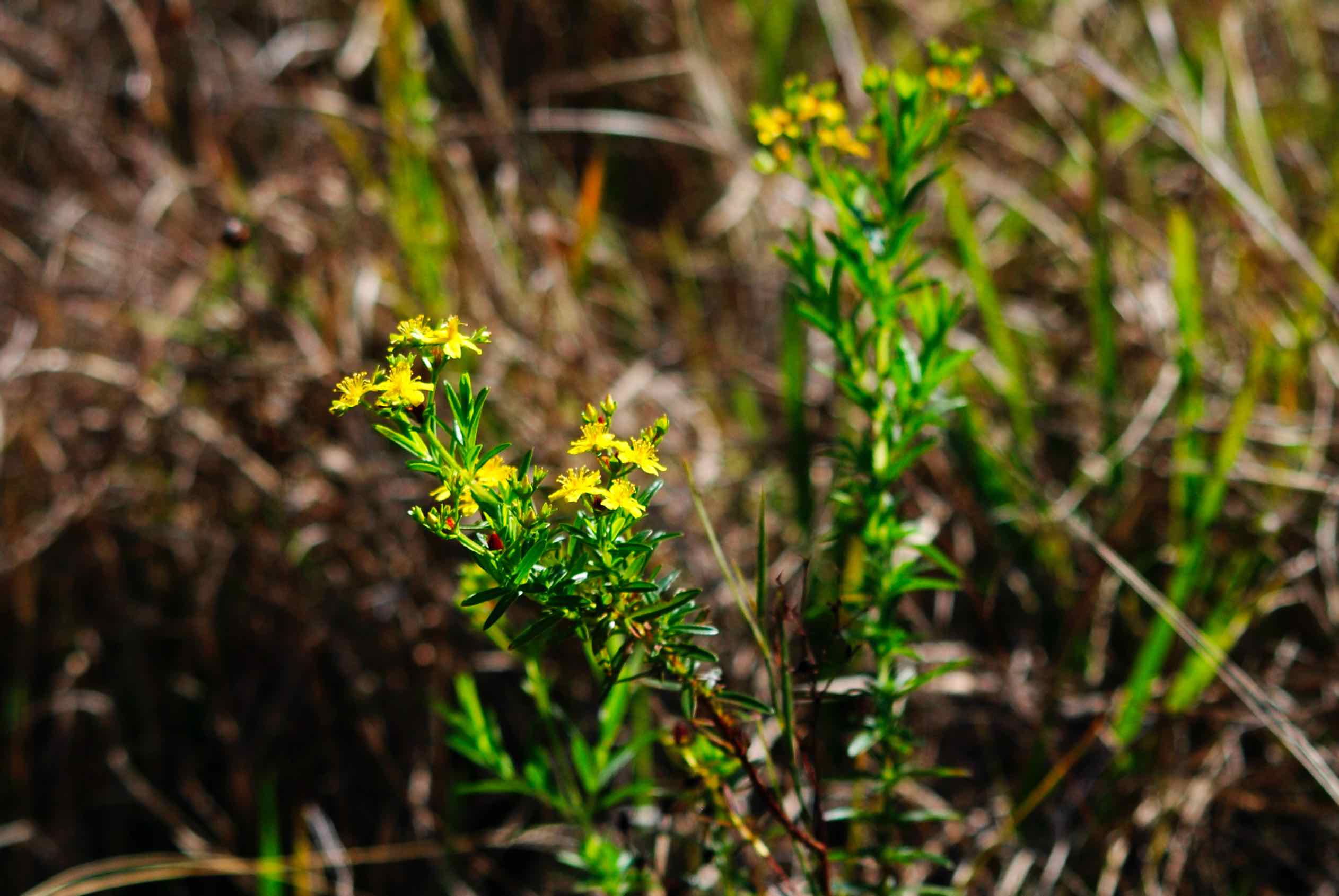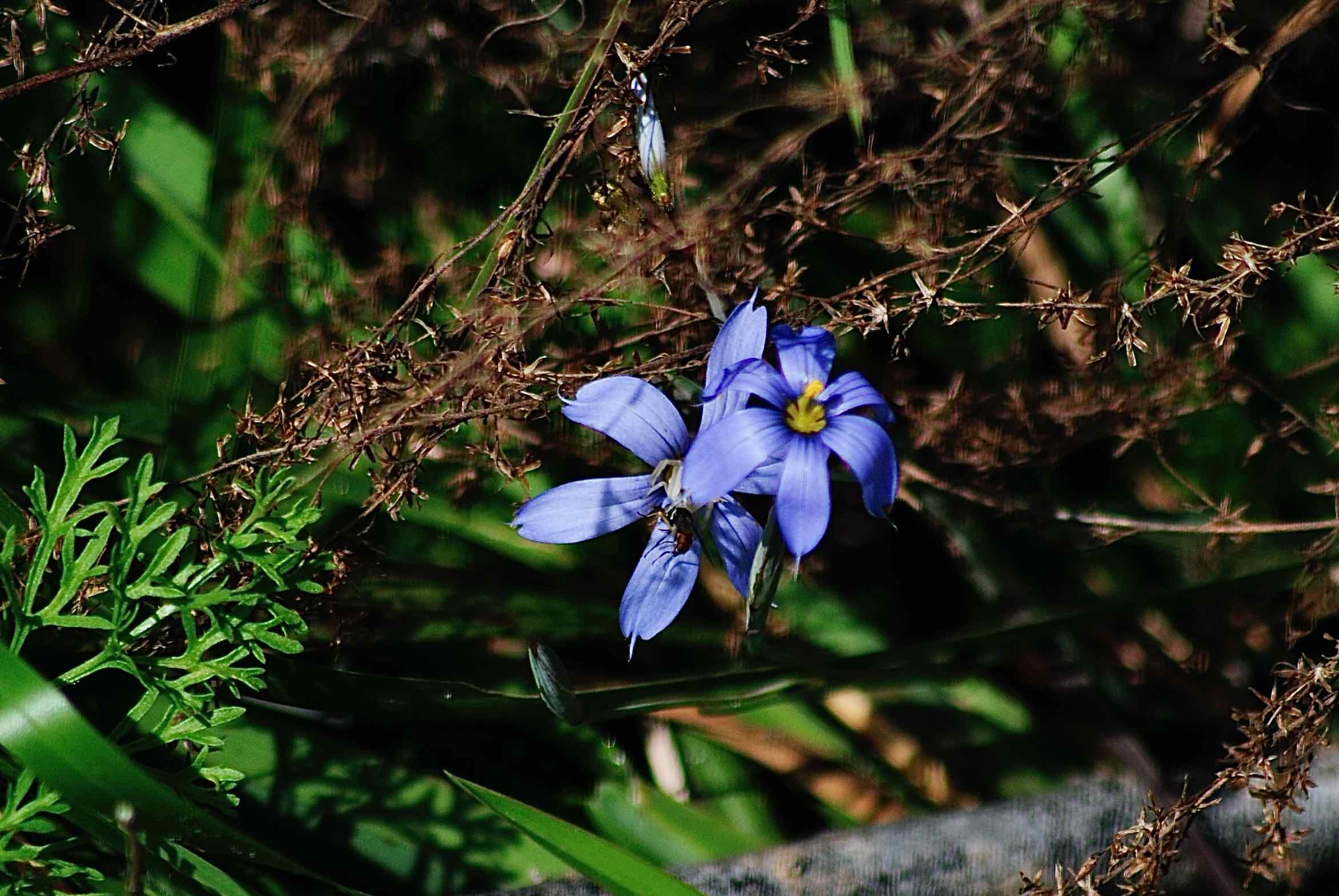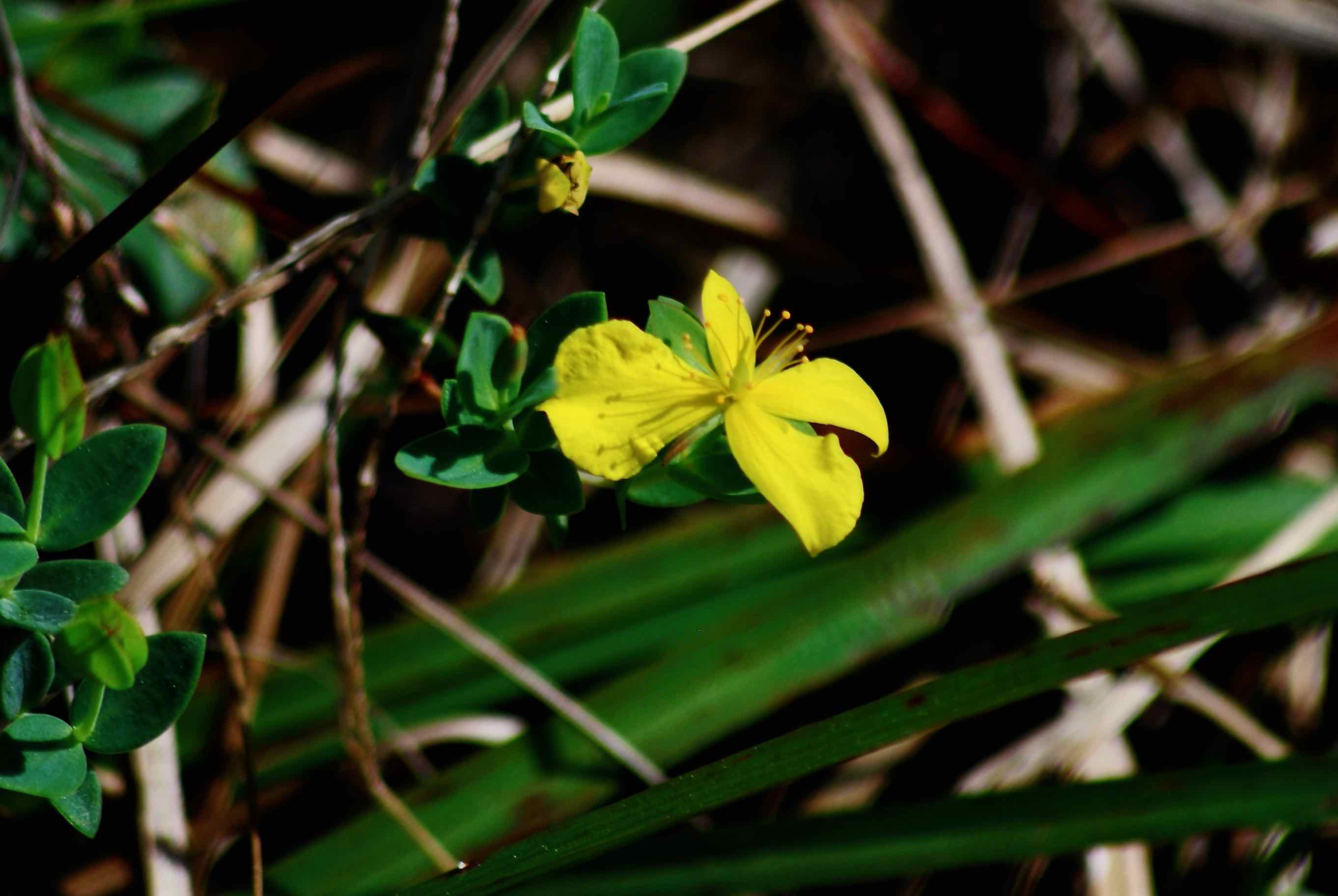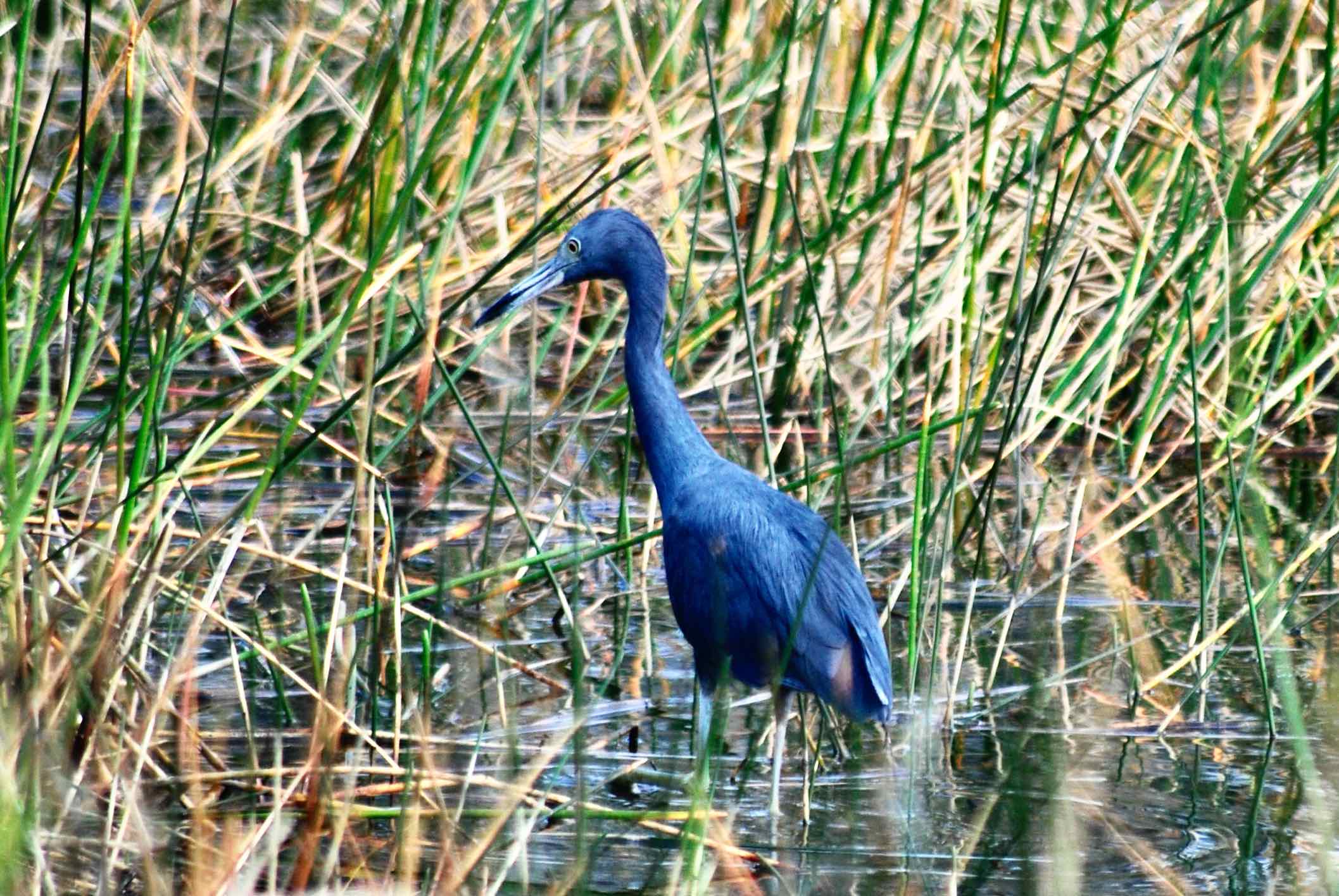Editor's Note: We've divided the 2,083.1-acre Cypress Creek Natural Area into two separate sections, North and South. Though technically one unit, Cypress Creek is split in two by Indiantown Road; each tract has separate entrances and separate facilities, enough for each to stand on its own. Cypress Creek South can be found here.
Overview There are natural areas and then there is Cypress Creek Natural Area North. The waters of the natural area flow into Cypress Creek and two unnamed streams, which in turn feed into the federally designated Wild and Scenic Loxahatchee River, which lies just to the east of the natural area. That makes the land environmentally important.
But there's more. Cypress Creek includes portions of the Loxahatchee River Battlefield, which all but ended the Second Seminole War, remnants of a ghost town and signficant Native American middens that may date to pre-Columbian times and the route of the historically significant Jupiter-Indiantown Road. Cypress Creek can be explored on foot, by bike and by horse.
History: Palm Beach County's interest in the Cypress Creek land begins with the federal designation of the nearby Loxahatchee River as Wild and Scenic in May 1985 and the desire to protect the streams and wetlands that feed it. In the late 1980s a committee led by Florida Atlantic University professors Grace Iverson and Daniel Austin identified the 367.1-acre Loxahatchee River Tract as one of 14 priority properties within Palm Beach County deemed environmentally sensitive and worth preserving.
Using state funds plus proceeds of a 1991 voter-approved $100 million bond issue, Palm Beach County bought the tract from the MacArthur Foundation in December 1995, the first of a series of deals that would expand Cypress Creek to 2,083.1 acres north and south of Indiantown road. Before opening Cypress Creek, Palm Beach County filled and plugged five miles of ditches to restore natural water flow, cleared invasive plants, mainly Australian pines and melaleuca, removed junk, restored native habitats, created a two-acre wetland, cut trails and built several covered platforms, interpretive kiosks and other amenities.
In the decades and centuries prior, Cypress Creek was farm and ranch land and the site of a small, early 20th century town known as the Rood Settlement. The area, however, proved too wet to make living there sustainable and the settlement eventually died. In 1838, a regiment of Tennessee volunteers camped in the eastern part of Cypress Creek during the Battle of Loxahatchee. The main part of the Loxahatchee battlefield is preserved as a county park on the south side of Indiantown Road. Native American middens piles — animal bones, shells, pottery bits — predating the arrival of European explorers — have been found within Cypress Creek. The Jupiter-Indiantown Road was once a major transportation artery between Lake Okeechobee and the coast. It's now a multiuse trail.
What You'll See: Cypress Creek North is a very wet place dominated by wet habitats, including strand swamps, depression marshes, wet flatwoods and somewhat drier mesic flatwoods. Trails are walkable, though portions can be inundated in the wet season and muddy even in the dry. Our favorite places are the restored wetlands and neighboring flatwoods in the eastern portion of Cypress Creek. You'll find mottled ducks, like those shown in the above photo, snowy egrets, great blue herons, little blue herons and more. For more, check out the gallery near the bottom of this page below.
Amenities: Cypress Creek Natural Area — North Tract offers plenty of parking and miles of natural surface hiking trails and an observation platform along the edges of the recreated wetlands. There is no drinking water or restrooms. Both are offered at nearby Riverbend County Park and at nearby gas stations and fast food restaurants.
Nearby: Cypress Creek Natural Area — South Tract sits a short distance to the east on the south side of Indiantown Road. Also to the east: Riverbend County Park, North Jupiter Flatwoods Natural Area, Limestone Creek Natural Area and Delaware Scrub Natural Area. Jonathan Dickinson State Park is 0.3 miles to the north, though the park entrance is about a 20-minute drive away on U.S. 1. To the west on Indiantown Road: Pine Glades Natural Area and the Jones Hungryland Wildlife And Environmental Management Area.
Links: The Florida Fish and Wildlife Conservation Commission added Cypress Creek Natural Area to the Great Florida Birding Trail in September 2023. Here is the page.
Of Note: Both Cypress Creek North and Cypress Creek South are open sunrise to sunset every day of the year. Admission to both is free. Both are managed by Palm Beach County's Department of Environmental Resource Management
Cover Photo: A pair of mottled ducks going about their business in the recreated wetlands. The male, with his somewhat brighter yellow-brown bill is in the rear, the feamale in front. Seems fitting two have these two native ducks represent a natural area that is essentially a very wet place.
Overview There are natural areas and then there is Cypress Creek Natural Area North. The waters of the natural area flow into Cypress Creek and two unnamed streams, which in turn feed into the federally designated Wild and Scenic Loxahatchee River, which lies just to the east of the natural area. That makes the land environmentally important.
But there's more. Cypress Creek includes portions of the Loxahatchee River Battlefield, which all but ended the Second Seminole War, remnants of a ghost town and signficant Native American middens that may date to pre-Columbian times and the route of the historically significant Jupiter-Indiantown Road. Cypress Creek can be explored on foot, by bike and by horse.
History: Palm Beach County's interest in the Cypress Creek land begins with the federal designation of the nearby Loxahatchee River as Wild and Scenic in May 1985 and the desire to protect the streams and wetlands that feed it. In the late 1980s a committee led by Florida Atlantic University professors Grace Iverson and Daniel Austin identified the 367.1-acre Loxahatchee River Tract as one of 14 priority properties within Palm Beach County deemed environmentally sensitive and worth preserving.
Using state funds plus proceeds of a 1991 voter-approved $100 million bond issue, Palm Beach County bought the tract from the MacArthur Foundation in December 1995, the first of a series of deals that would expand Cypress Creek to 2,083.1 acres north and south of Indiantown road. Before opening Cypress Creek, Palm Beach County filled and plugged five miles of ditches to restore natural water flow, cleared invasive plants, mainly Australian pines and melaleuca, removed junk, restored native habitats, created a two-acre wetland, cut trails and built several covered platforms, interpretive kiosks and other amenities.
In the decades and centuries prior, Cypress Creek was farm and ranch land and the site of a small, early 20th century town known as the Rood Settlement. The area, however, proved too wet to make living there sustainable and the settlement eventually died. In 1838, a regiment of Tennessee volunteers camped in the eastern part of Cypress Creek during the Battle of Loxahatchee. The main part of the Loxahatchee battlefield is preserved as a county park on the south side of Indiantown Road. Native American middens piles — animal bones, shells, pottery bits — predating the arrival of European explorers — have been found within Cypress Creek. The Jupiter-Indiantown Road was once a major transportation artery between Lake Okeechobee and the coast. It's now a multiuse trail.
What You'll See: Cypress Creek North is a very wet place dominated by wet habitats, including strand swamps, depression marshes, wet flatwoods and somewhat drier mesic flatwoods. Trails are walkable, though portions can be inundated in the wet season and muddy even in the dry. Our favorite places are the restored wetlands and neighboring flatwoods in the eastern portion of Cypress Creek. You'll find mottled ducks, like those shown in the above photo, snowy egrets, great blue herons, little blue herons and more. For more, check out the gallery near the bottom of this page below.
Amenities: Cypress Creek Natural Area — North Tract offers plenty of parking and miles of natural surface hiking trails and an observation platform along the edges of the recreated wetlands. There is no drinking water or restrooms. Both are offered at nearby Riverbend County Park and at nearby gas stations and fast food restaurants.
Nearby: Cypress Creek Natural Area — South Tract sits a short distance to the east on the south side of Indiantown Road. Also to the east: Riverbend County Park, North Jupiter Flatwoods Natural Area, Limestone Creek Natural Area and Delaware Scrub Natural Area. Jonathan Dickinson State Park is 0.3 miles to the north, though the park entrance is about a 20-minute drive away on U.S. 1. To the west on Indiantown Road: Pine Glades Natural Area and the Jones Hungryland Wildlife And Environmental Management Area.
Links: The Florida Fish and Wildlife Conservation Commission added Cypress Creek Natural Area to the Great Florida Birding Trail in September 2023. Here is the page.
Of Note: Both Cypress Creek North and Cypress Creek South are open sunrise to sunset every day of the year. Admission to both is free. Both are managed by Palm Beach County's Department of Environmental Resource Management
Cover Photo: A pair of mottled ducks going about their business in the recreated wetlands. The male, with his somewhat brighter yellow-brown bill is in the rear, the feamale in front. Seems fitting two have these two native ducks represent a natural area that is essentially a very wet place.

